By MARLESSA STIVALA

While many television shows are successful enough to last multiple seasons and accumulate a number of loyal viewers, very few shows do so in such a way that they become a cultural phenomenon that change what it means to be a thought-provoking, well-written show. For five compelling seasons, “Breaking Bad,” Vince Gilligan’s award winning, critically acclaimed AMC series has proven to be both.
What exactly made “Breaking Bad” so hopelessly addicting? It is understandable to think that the show’s premise is enough to attract viewers. After all, the protagonist was given a pretty bizarre setup: Walter White (Bryan Cranston, “Malcolm in the Middle”) is a high school chemistry teacher who, upon being diagnosed with lung cancer, decides to recruit former student Jesse Pinkman (Aaron Paul, Daydreamer) to help cook crystal meth to ensure his family’s financial stability after he is gone. While Walt’s induction into the lucrative drug world is interesting, what is truly fascinating to watch is his transformation from a sympathetic, everyday family man in a desperate situationm to a ruthless, deadly drug lord who is solely concerned with himself. Of course, this progression would not be so brilliant to watch onscreen if Vince Gilligan himself were not so apt at utilizing and understanding the conecepts that made “Breaking Bad” so great.
No matter what the medium is, a story’s success or failure is typically in direct correlation with how good the writing is. “Breaking Bad” is no exception. From Walt’s simple yet profound warning to “tread lightly,” to the infamous “I am the one who knocks” monologue, the show’s dialogue was consistently well-written and well-suited to the characters, often leaving viewers with chills down their spine. Moments such as a characters making a joke or an awkward silence amongst the White family, which would normally give the appearance of filler in another show, never seemed out of place on “Breaking Bad.” Additionally, “Breaking Bad” has become notorious for its “edge-of-your-seat” cliffhangers. As frustrating as this can usually be for the viewer, Gilligan clearly knew what he was doing. He tied up the necessary loose ends from one episode while simultaneously gearing up for the next, a perfect way to leave the audience begging for more.
Gilligan added layer upon layer to the show’s depth by making use of symbolism. The show’s attention to detail and deliberate use of color (Marie usually wearing the color purple and the yellow jumpsuits worn by Walt and Jesse, just to name two) often inspired fans to conjure up various theories for upcoming episodes and character motivations. There are many other symbols throughout the series. One such example is the damaged pink teddy bear, first shown with a missing eye. Though its appearance was initially unclear and its meaning obscured, the progression of the series revealed it to be a symbol of death and destruction. It is the use of such symbolism that enabled the viewer to appreciate and analyze the show on much deeper levels.
From “Friends” to “MAS*H,” many television shows often forget their own history. That is to say, for many shows it is common for characters’ ages to change, for characters to suddenly fade away without proper explanation, or for earlier plot points to be forgotten for the sake of a later episode’s story. This, however, was never really an issue on “Breaking Bad.” The show never seemed to forget the personalities of its characters, the journeys each one has made and often hinted early on that something would be more prevalent later. For instance, early on in the series Jesse takes a particular interest in the well-being of a young boy. At first this seems to be a mere pleasant subplot, but this interest ultimately served to establish a key aspect of Jesse’s personality and desire to see innocent children well taken care of—something that will play a pivotal role later in the series.
Writing may make or break a story, but having interesting, complex characters is just as important. Walt’s descent into an increasingly darker, corrupt state consistently remains center-stage, but he is far from the only character worth following. Jesse, initially little more than a drug user in need of direction in life, evolved greatly over the years to become a bit of a moral compass for the show, the character who seemed to be most distraught and guilty over his role in assisting many of Walt’s brutal acts. Even Hank, Walt’s brother-in-law and DEA agent, was not without his shades of gray as he coped with a violent and sometimes destructive temper, among many other things. However, what really made these characters worth watching was what they did to viewers week after week: forcing them to choose between rooting for a corrupt drug lord to maintain his empire or hoping for it to crumble around him.
Adeena Karasick, a Communications professor at Fordham University Rose Hill, shared some insights as to what made “Breaking Bad” so successful and worth watching.
“It speaks to a very contemporary obsession with morality and challenges age-old restrictive hierarchic notions regarding good and evil, as well as urging us to think about transgressing normative boundaries of behavior, and inviting the viewer to rethink how we see, how we respond,” While simultaneously addressing delicately that space between the public and private spheres, the domestic and socio/cultural,” Karasick said.
Heisenberg. Albuquerque, New Mexico. Blue meth. Ricin. The pink teddy bear. Minerals. Belize. Breakfast. Separately, these terms mean very little, but to any Breaking Bad addict they help shape the intricate, fascinating world of the show. The fact that a simple word or phrase can so easily inspire deep psychological debates, thoughtful theories and complicated discussions is a true testament to the brilliance of the show and its lasting cultural impact. In the end, it is all about the show having the right chemistry and knowing how to use it well.







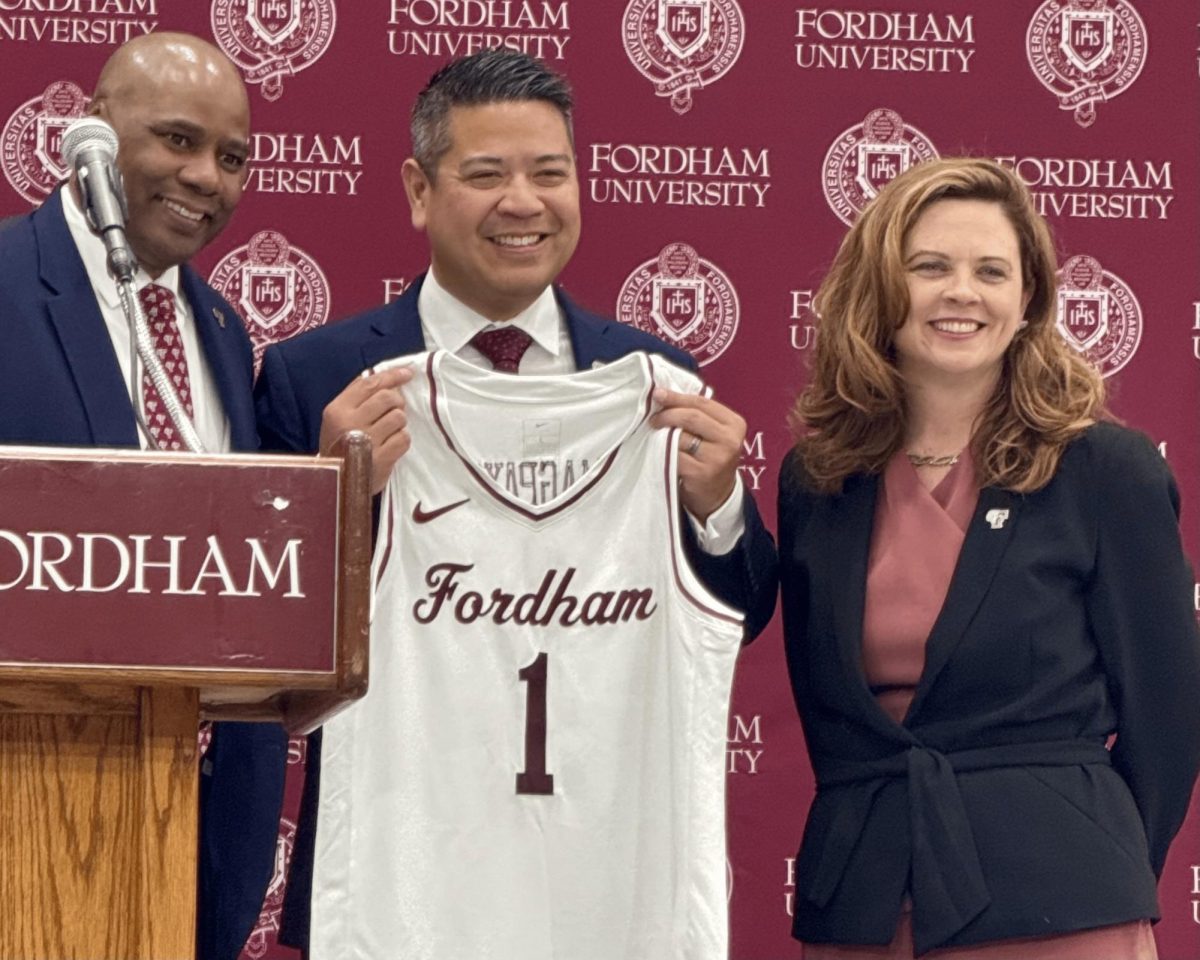


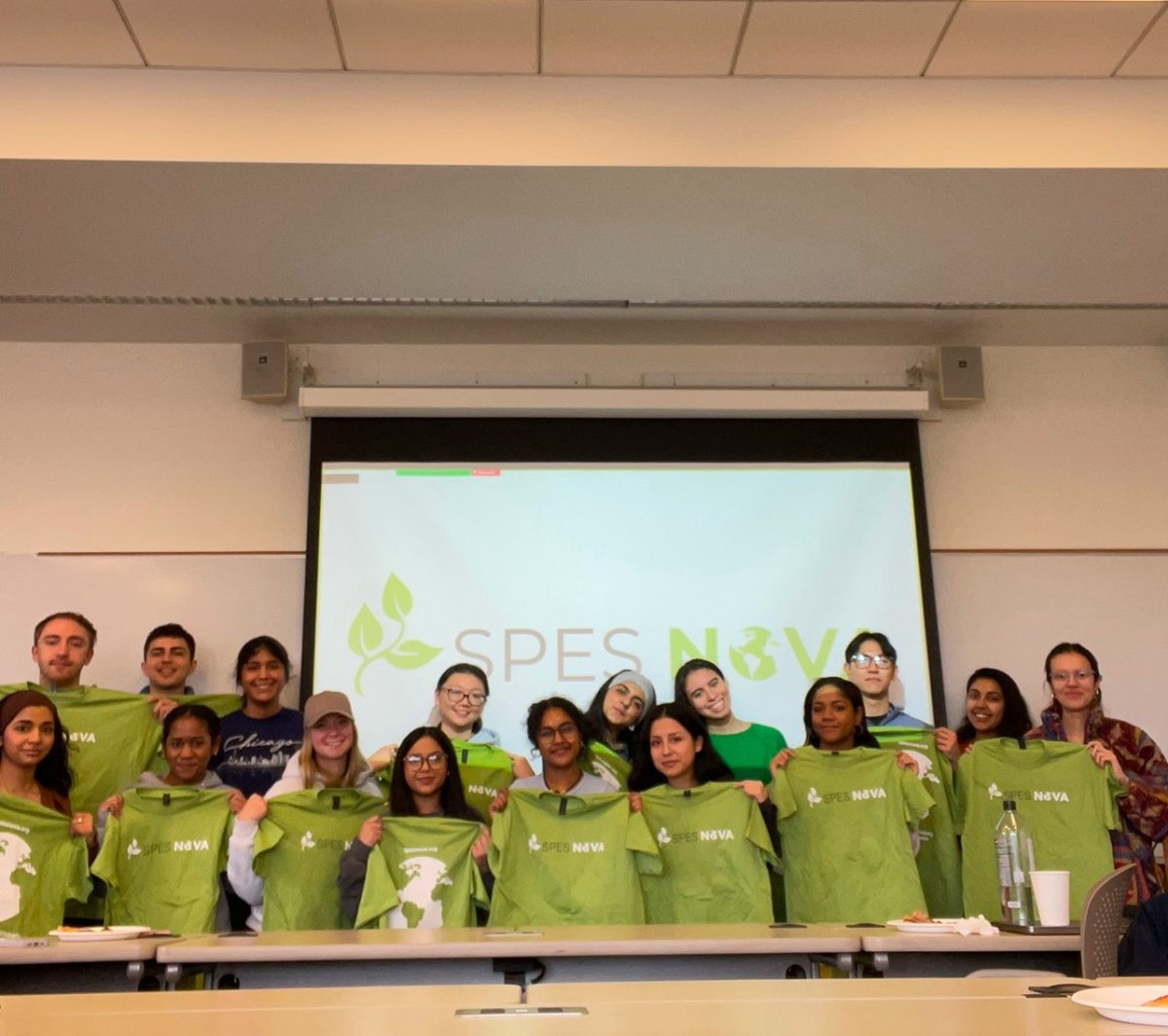


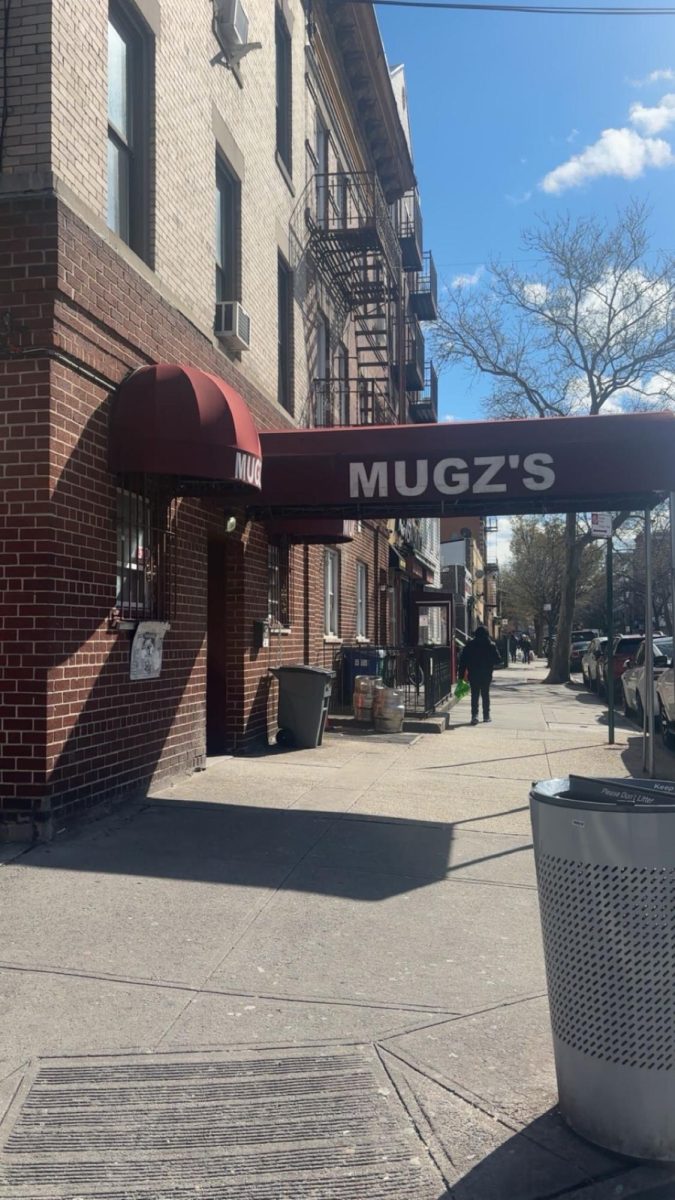




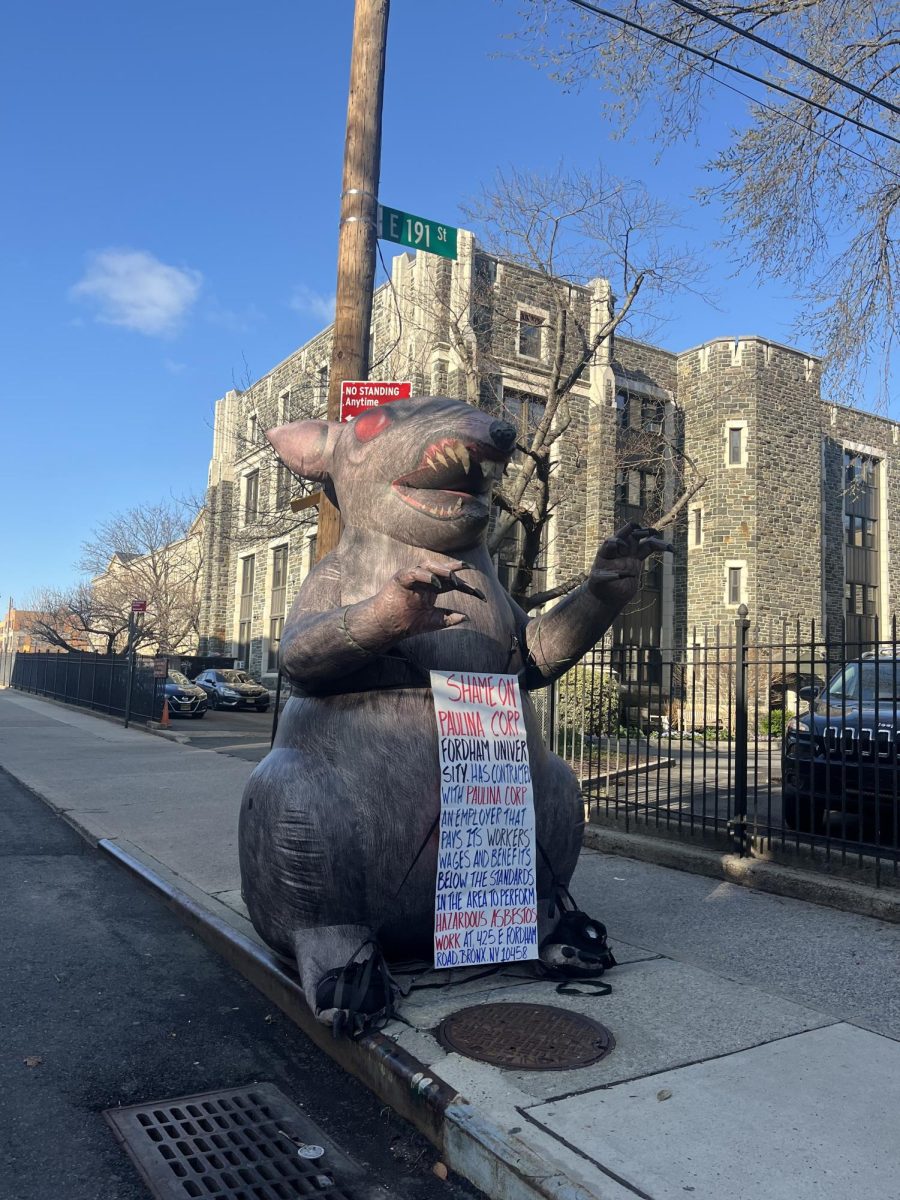



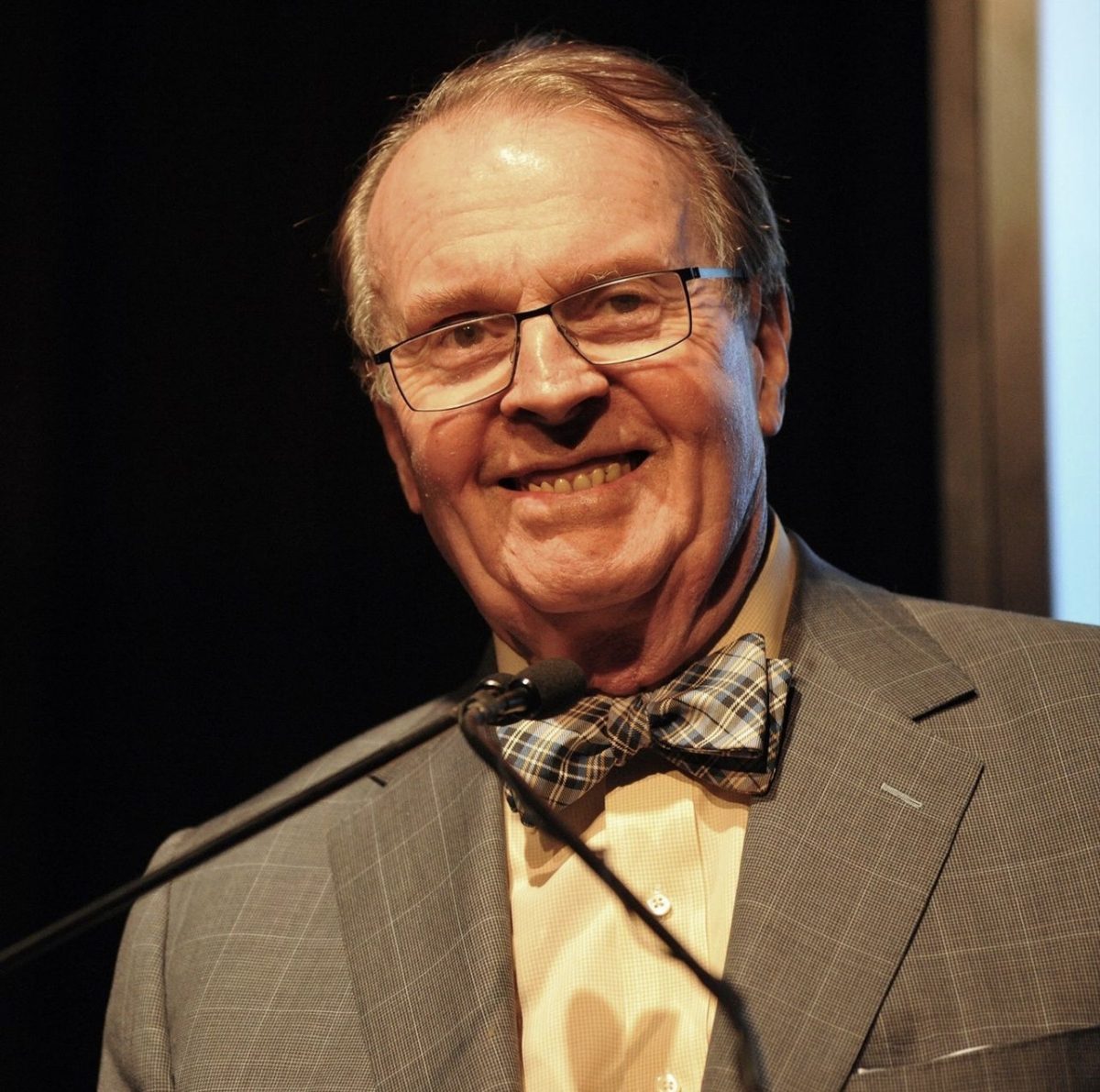


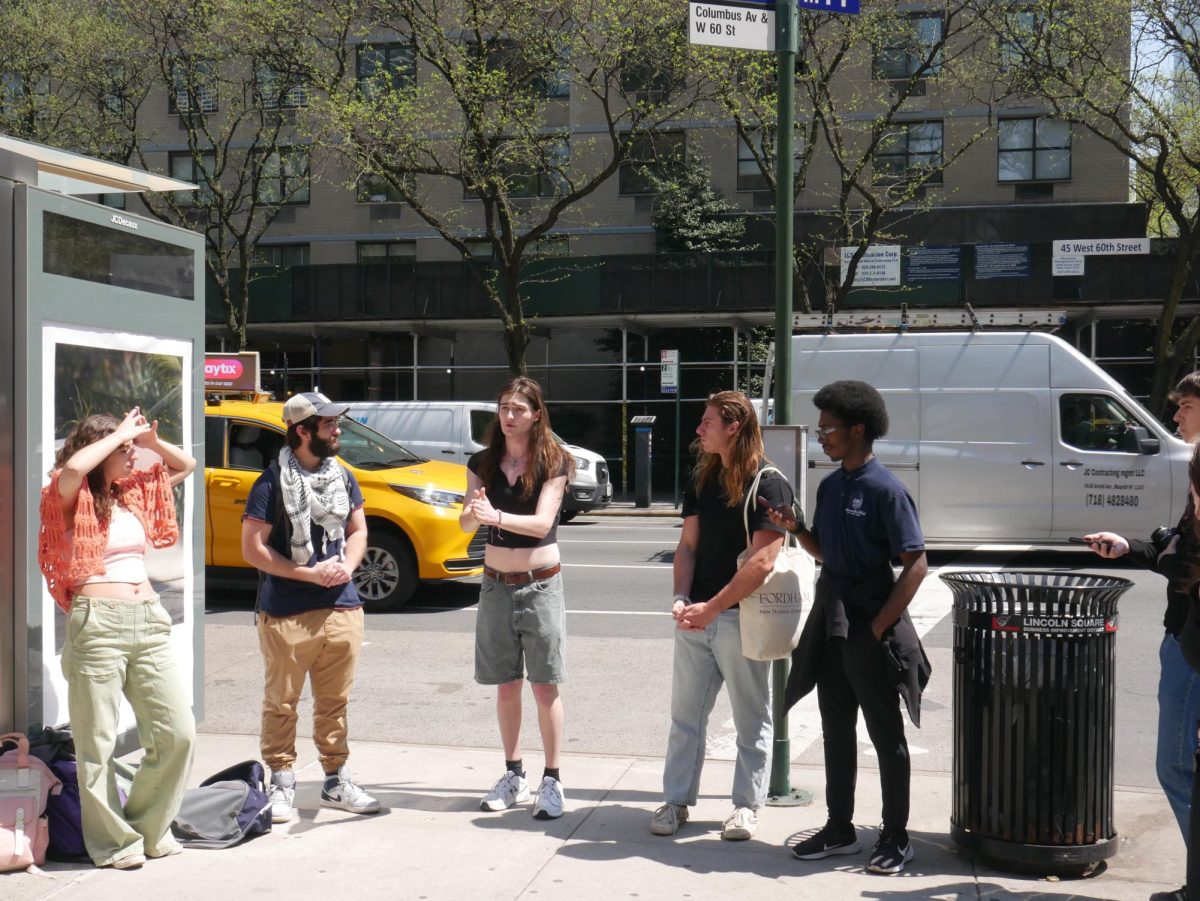








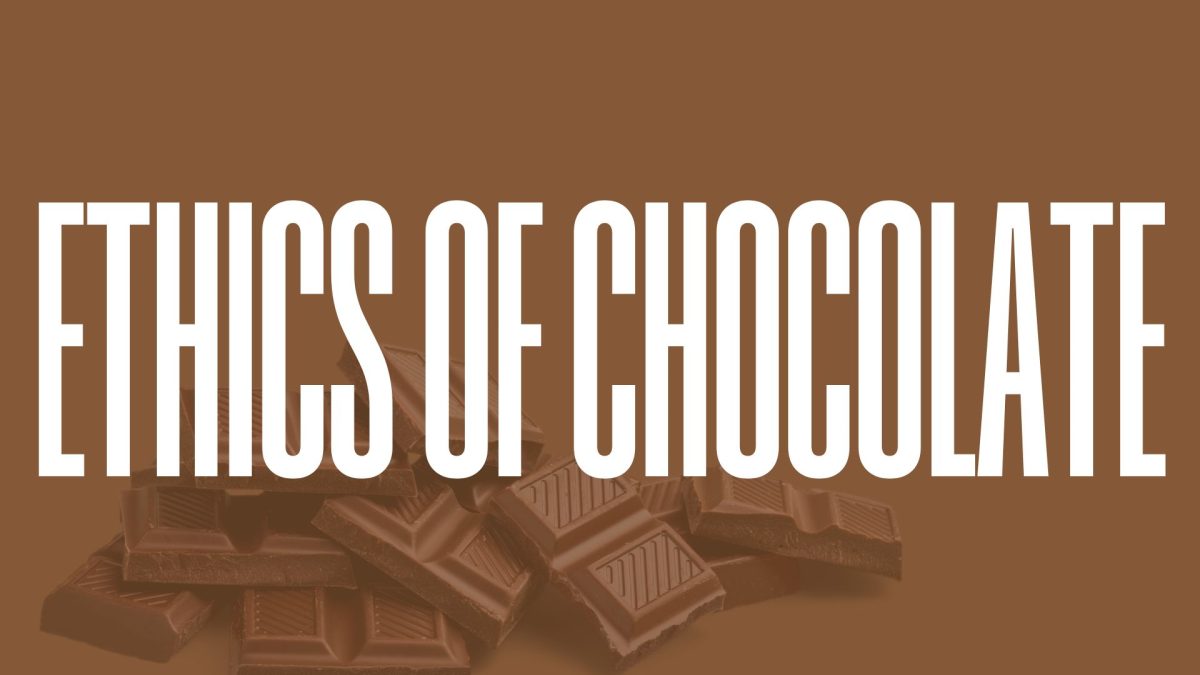
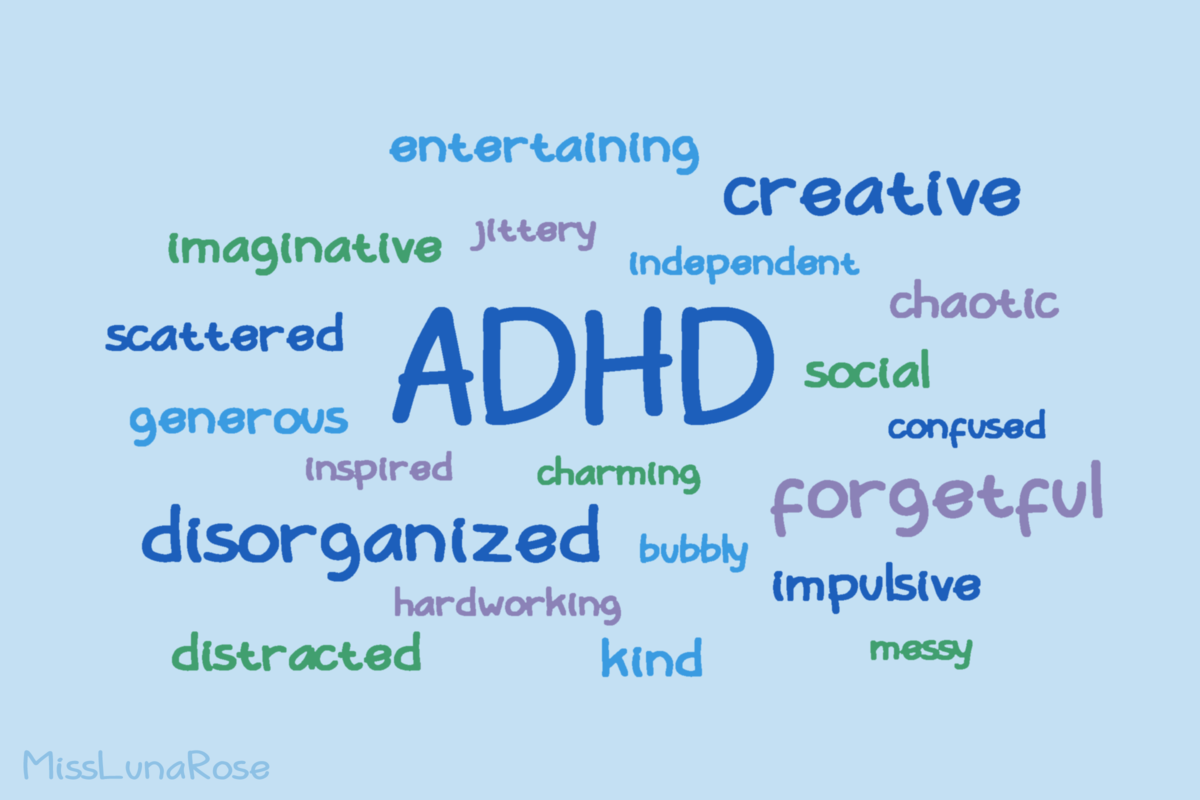

















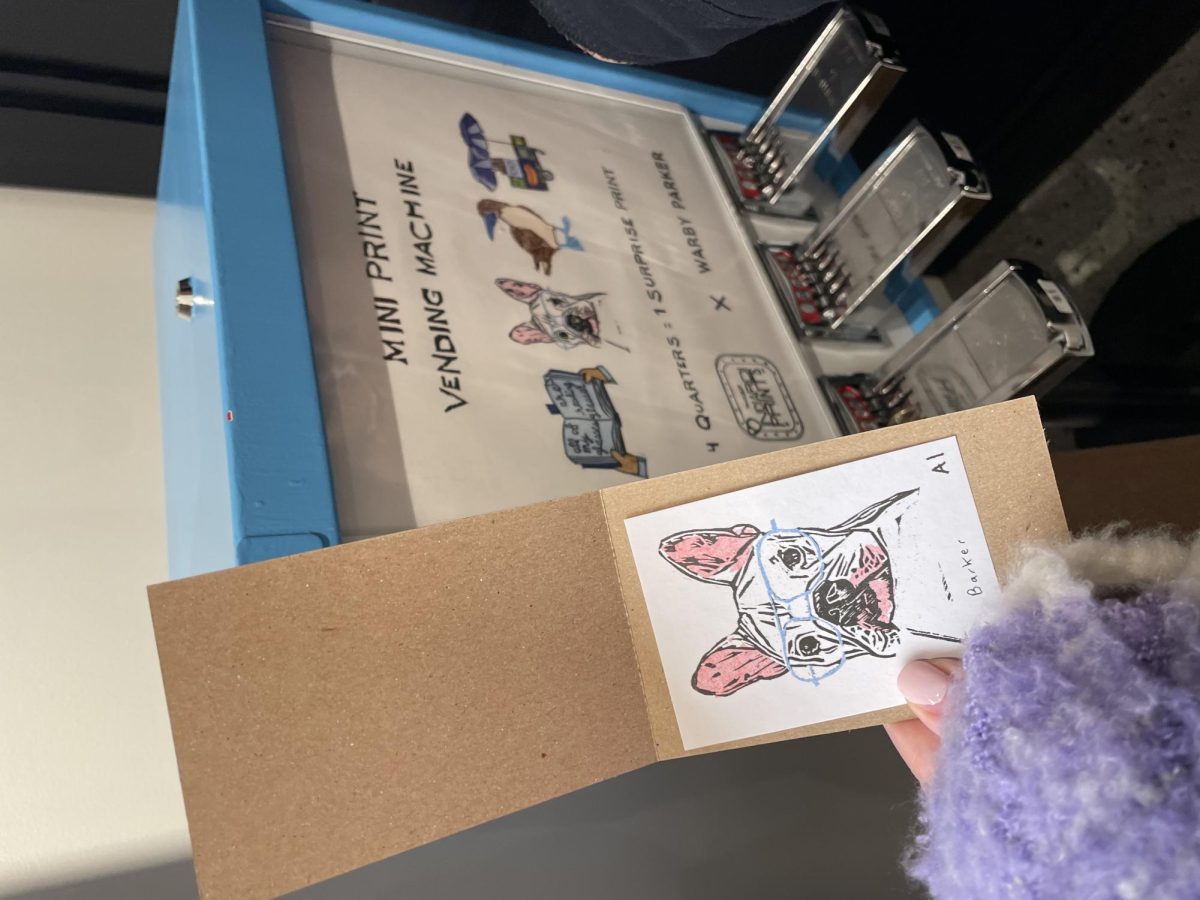


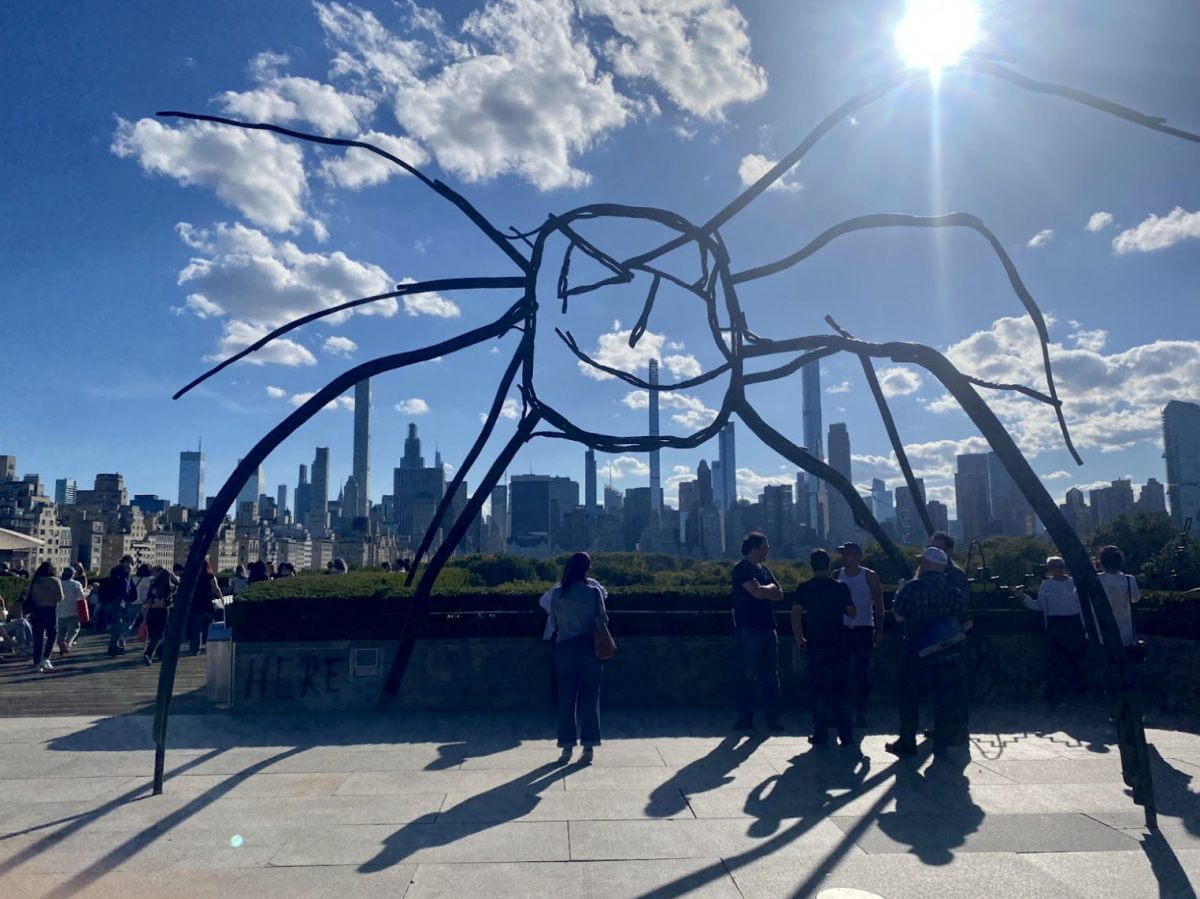


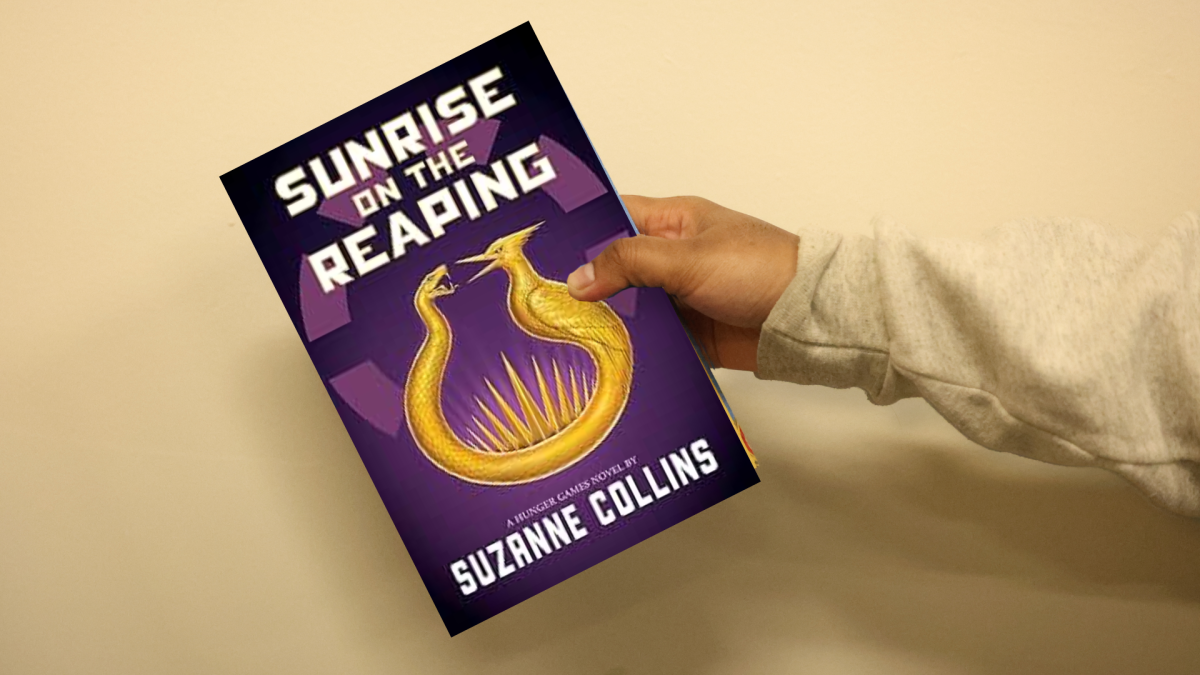

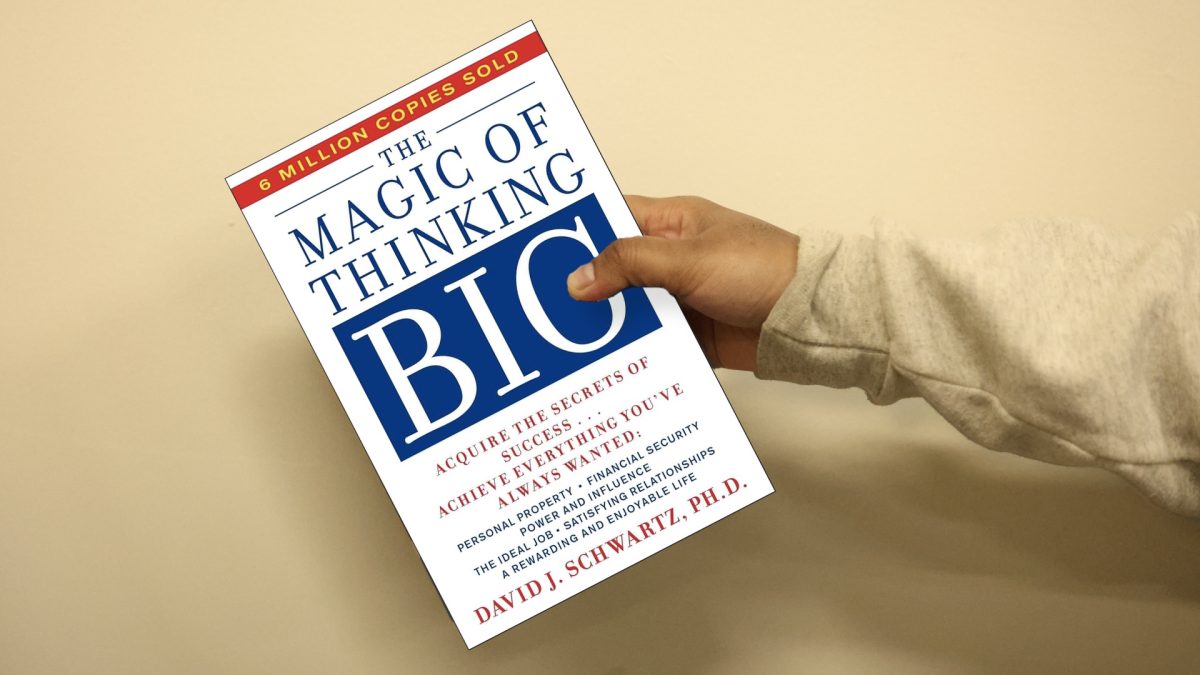
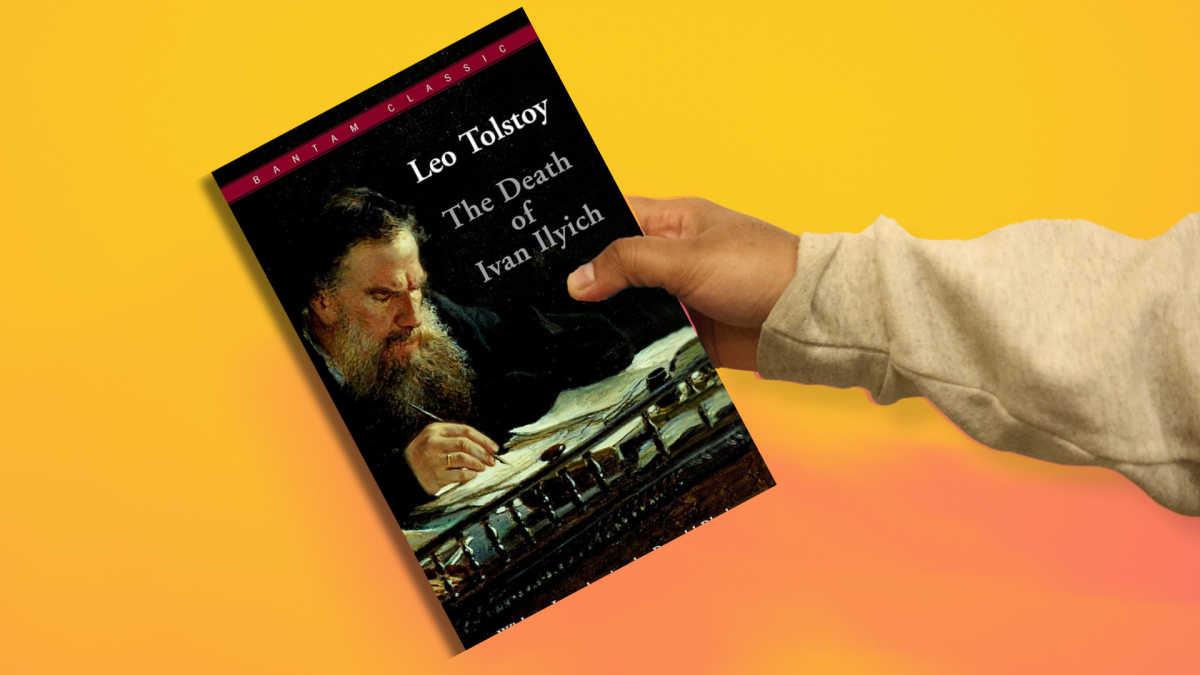
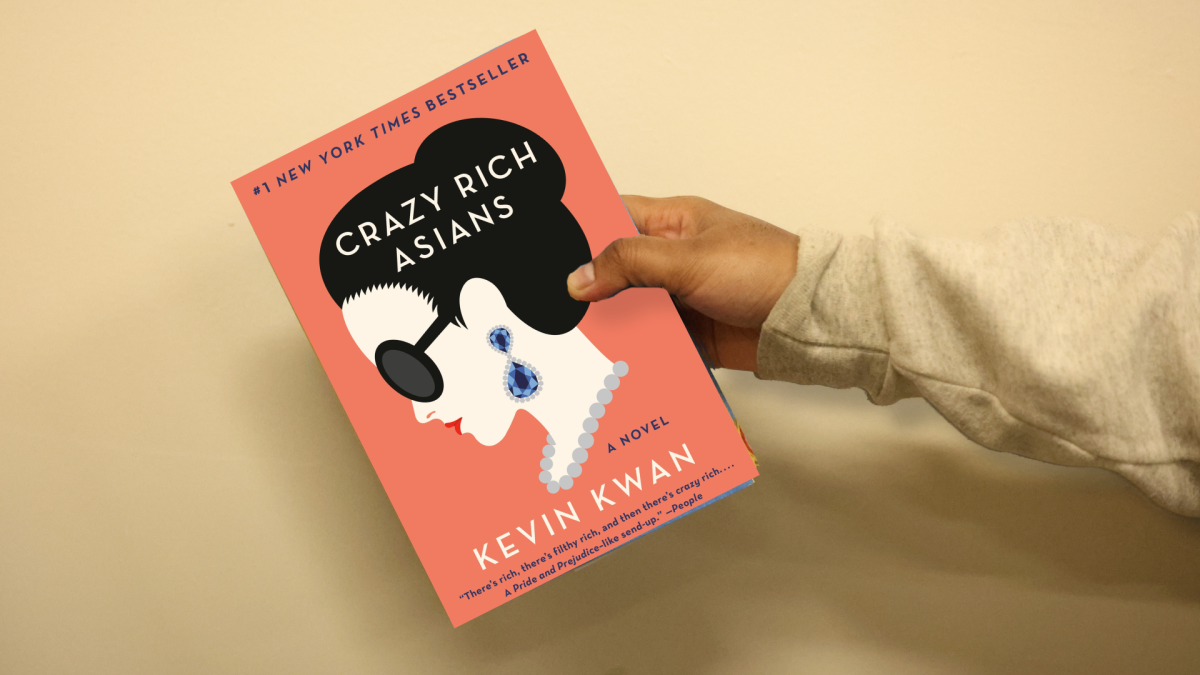


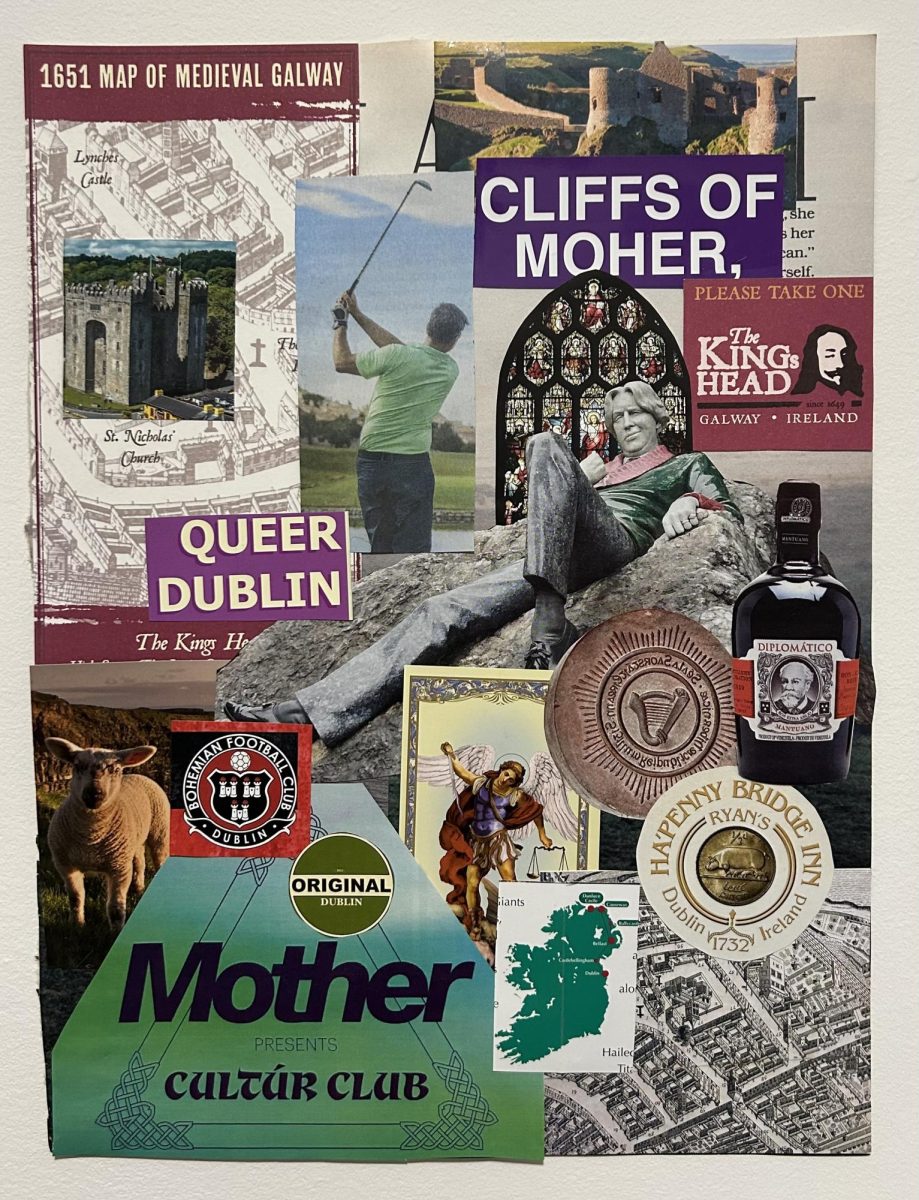
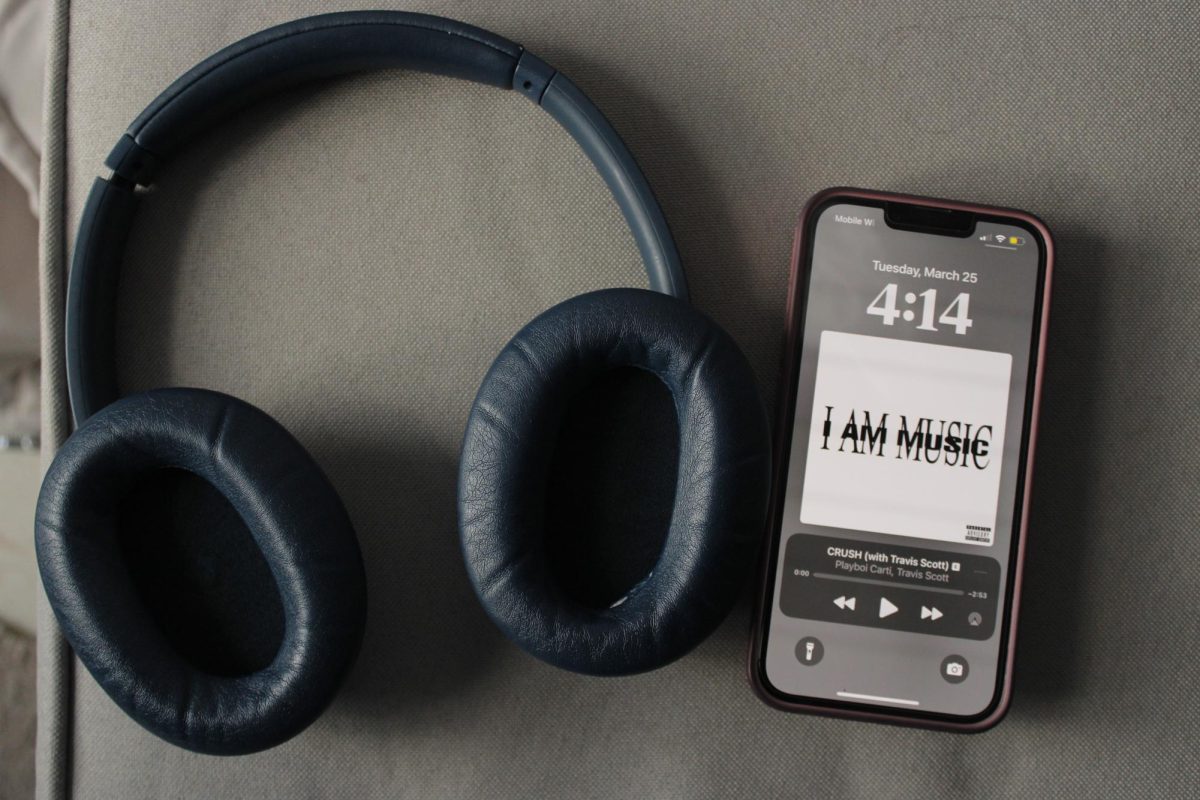


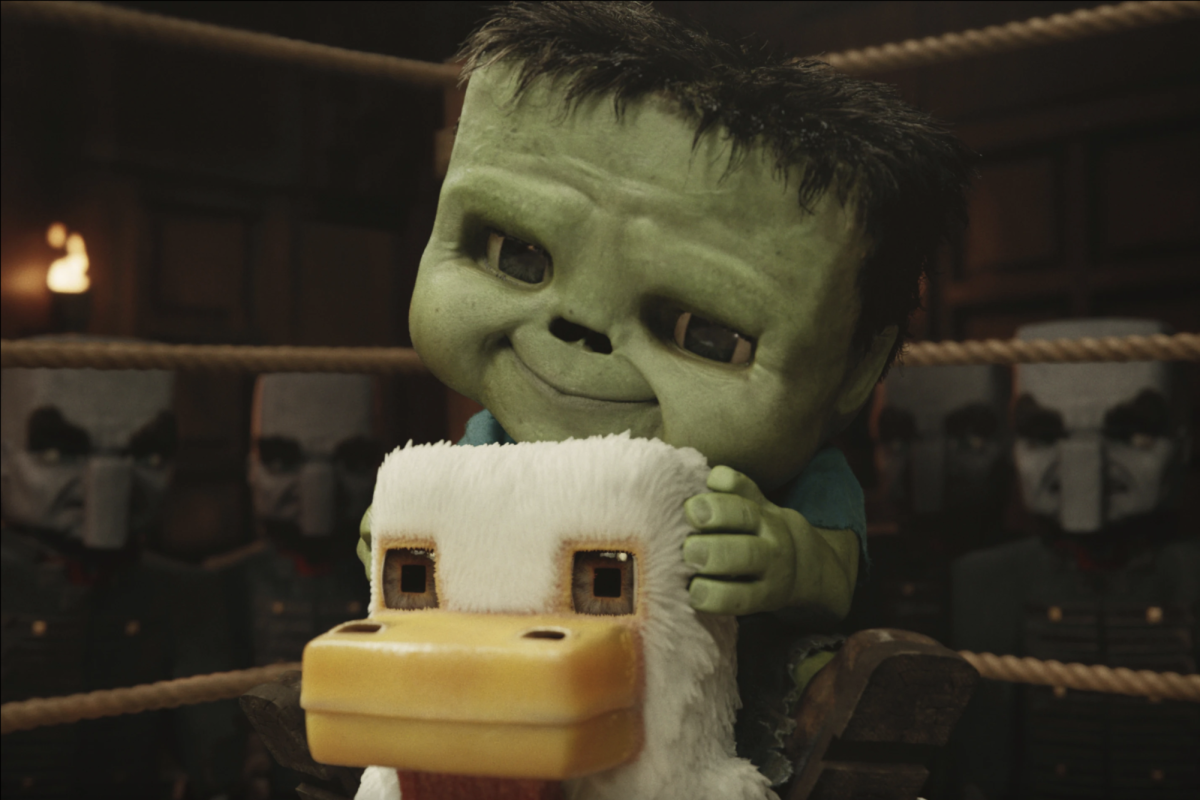
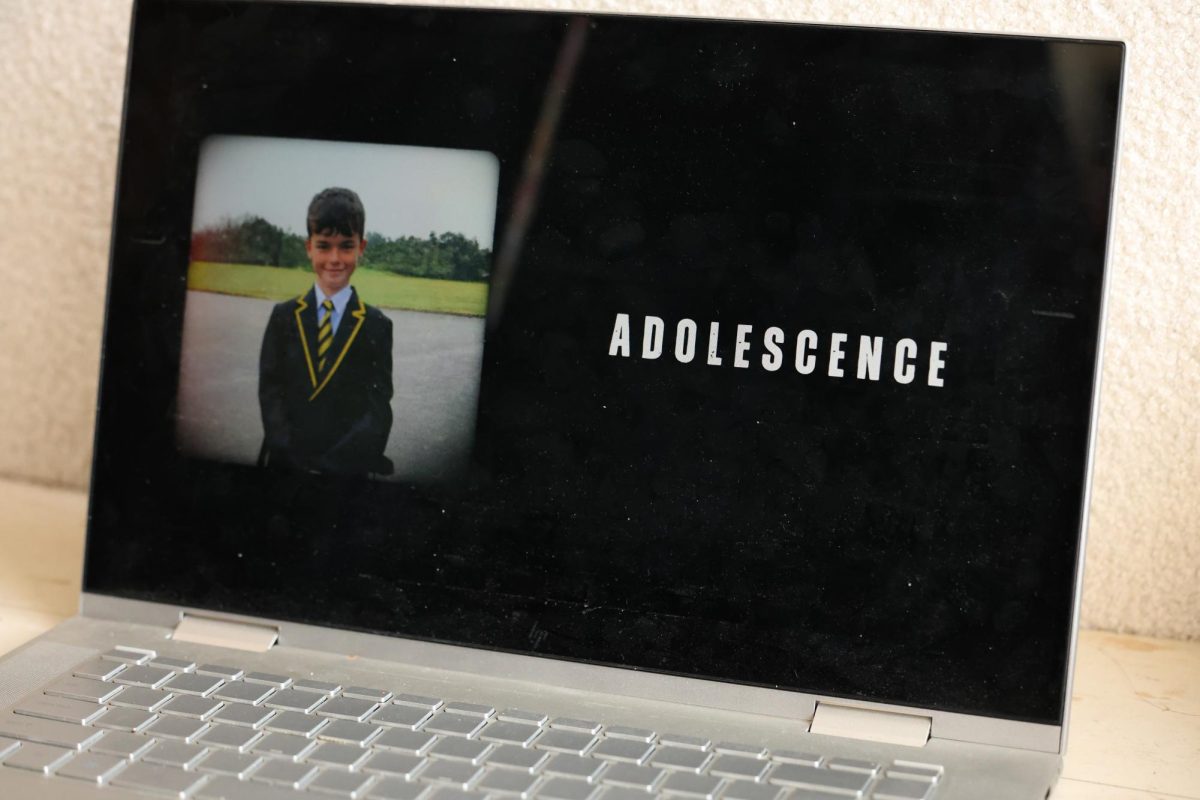


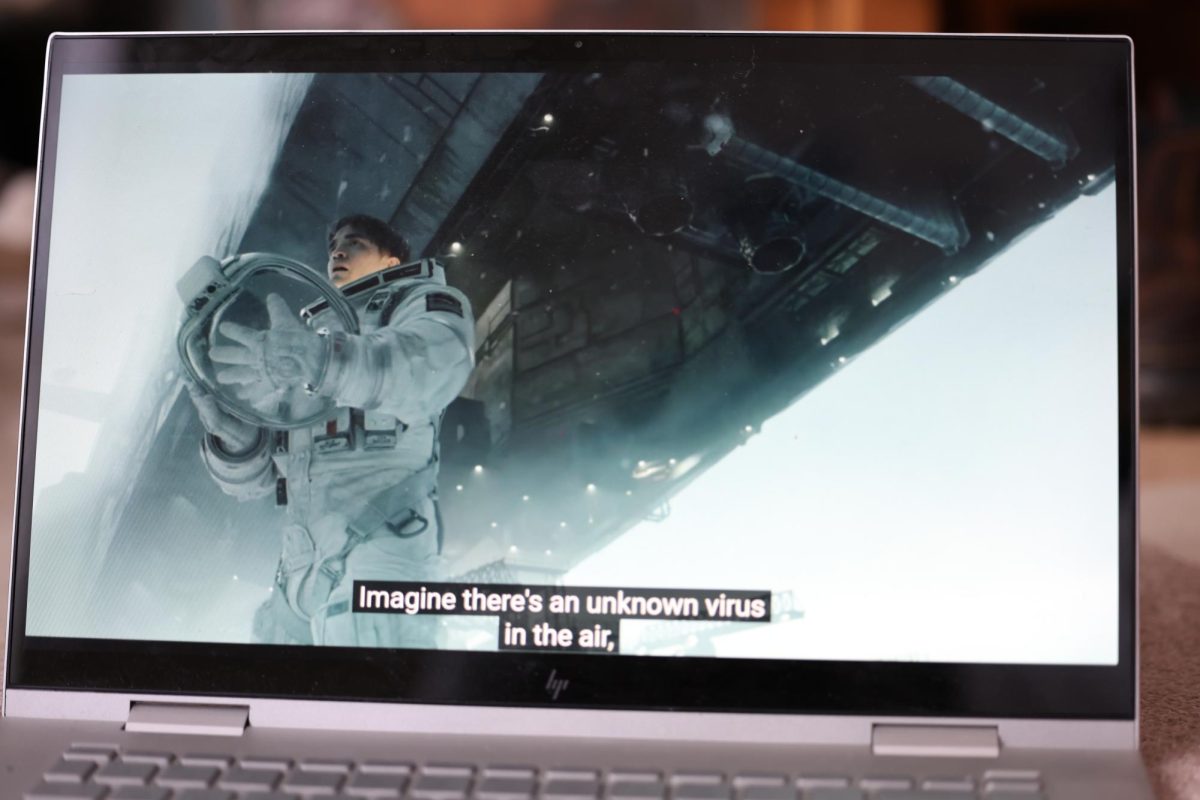




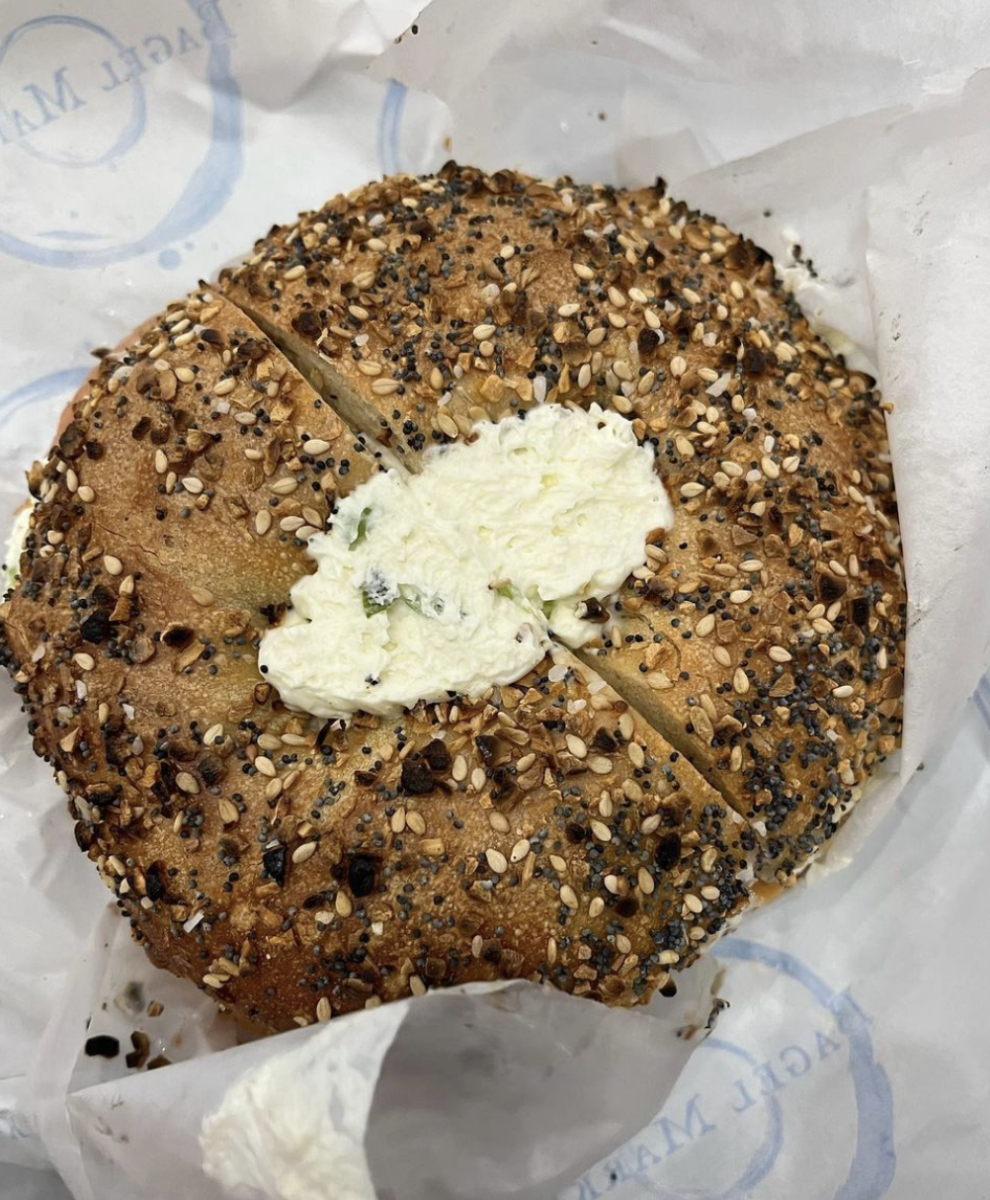



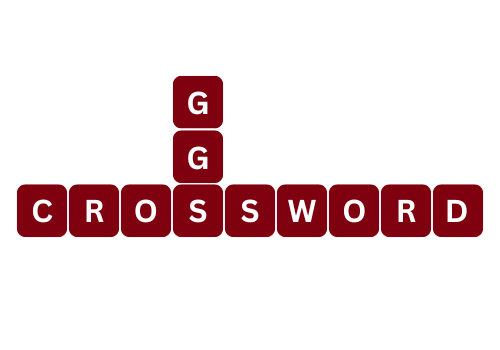
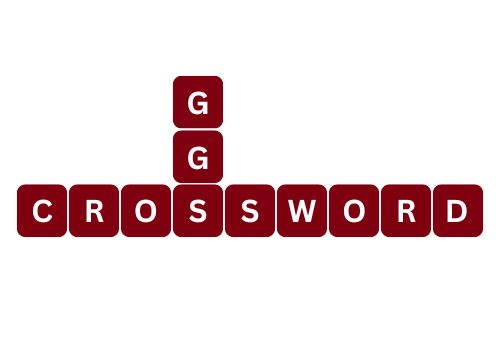






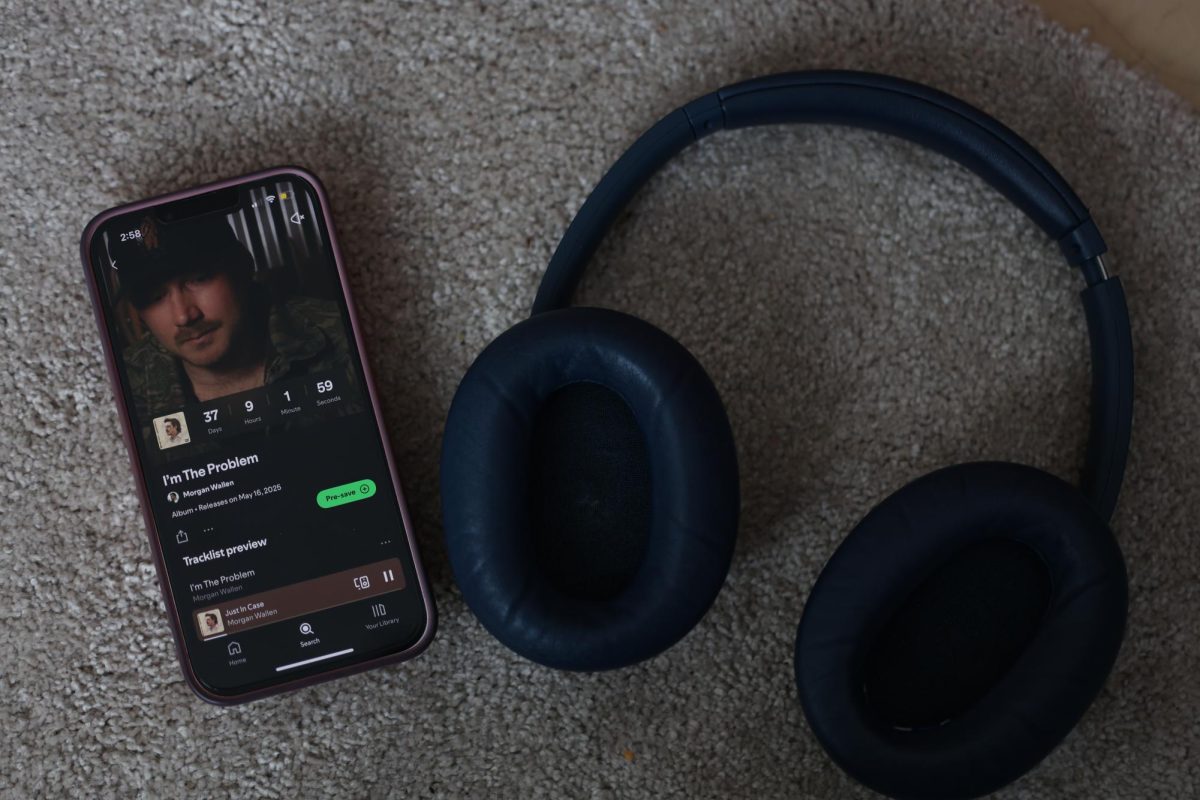

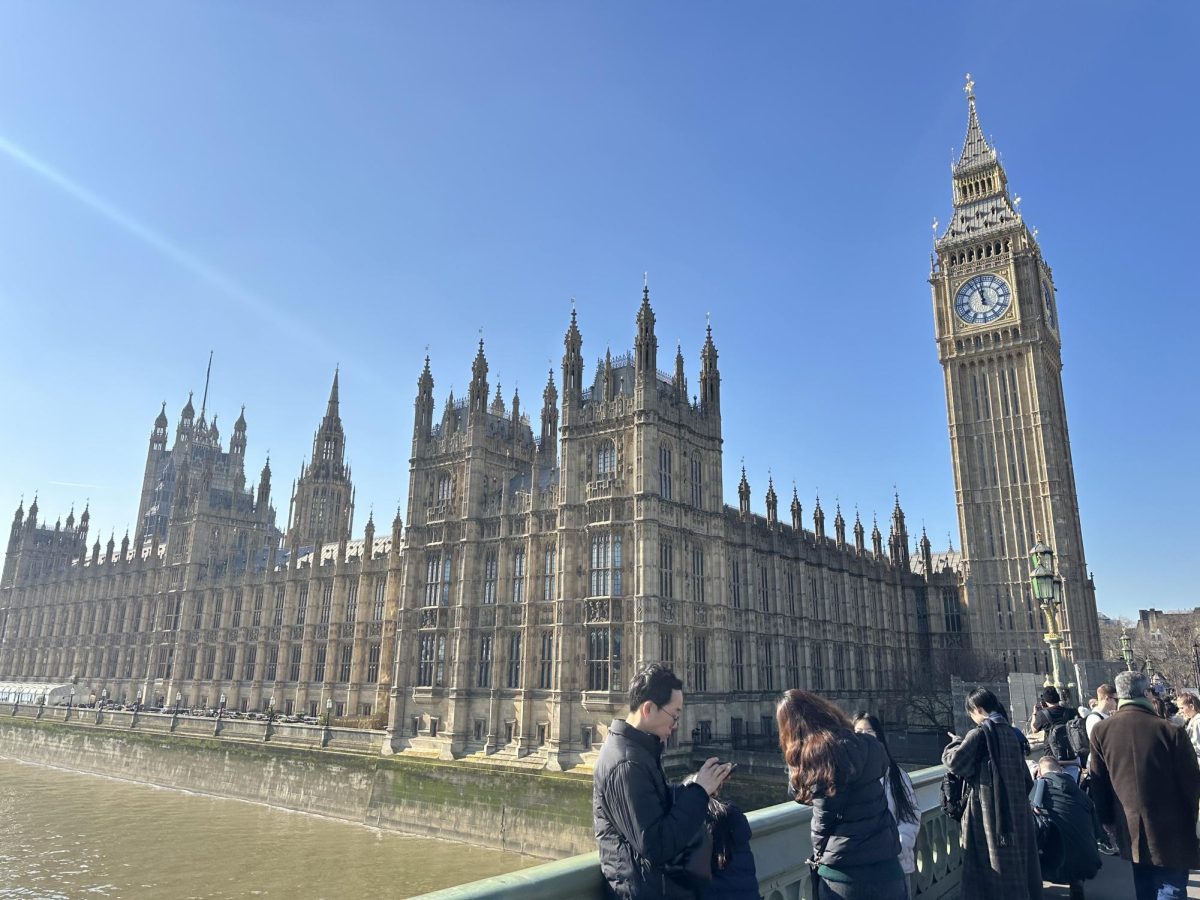




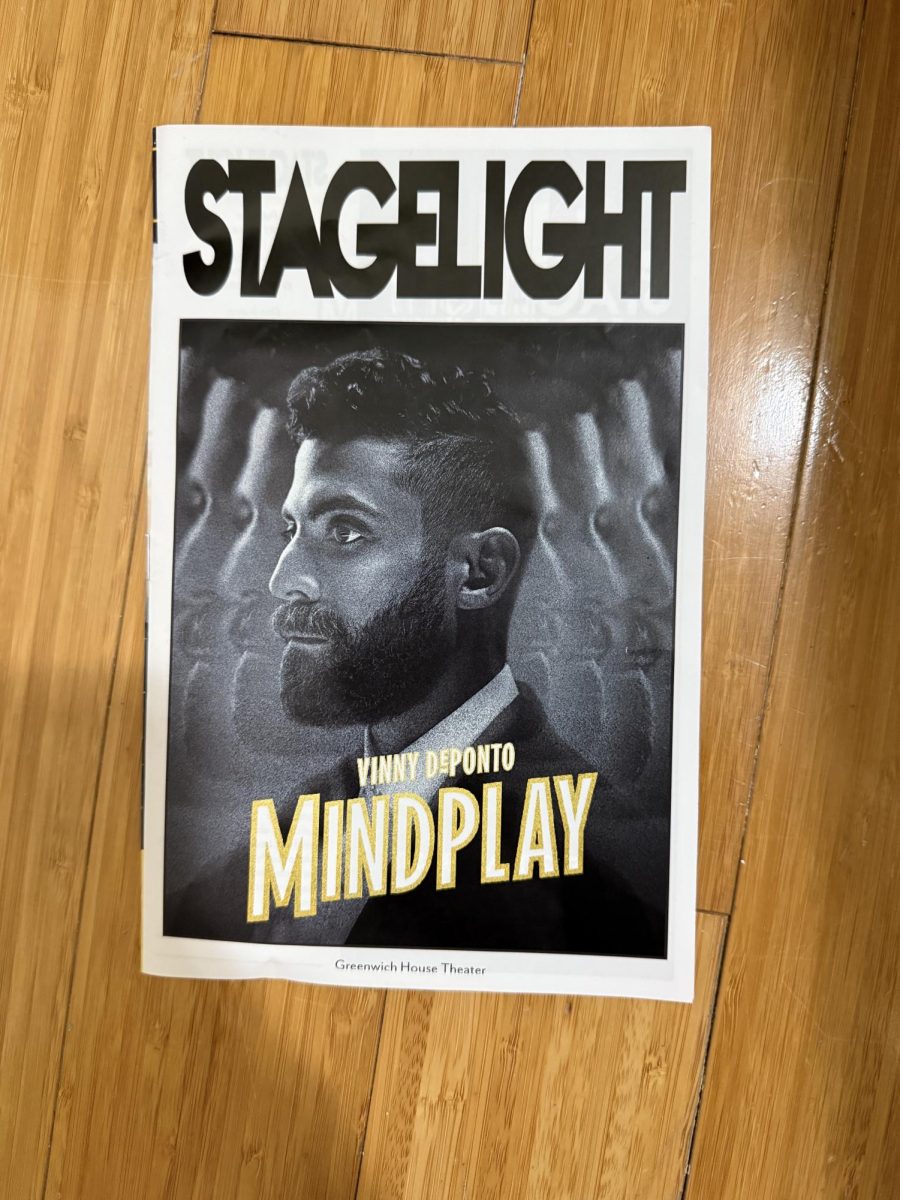
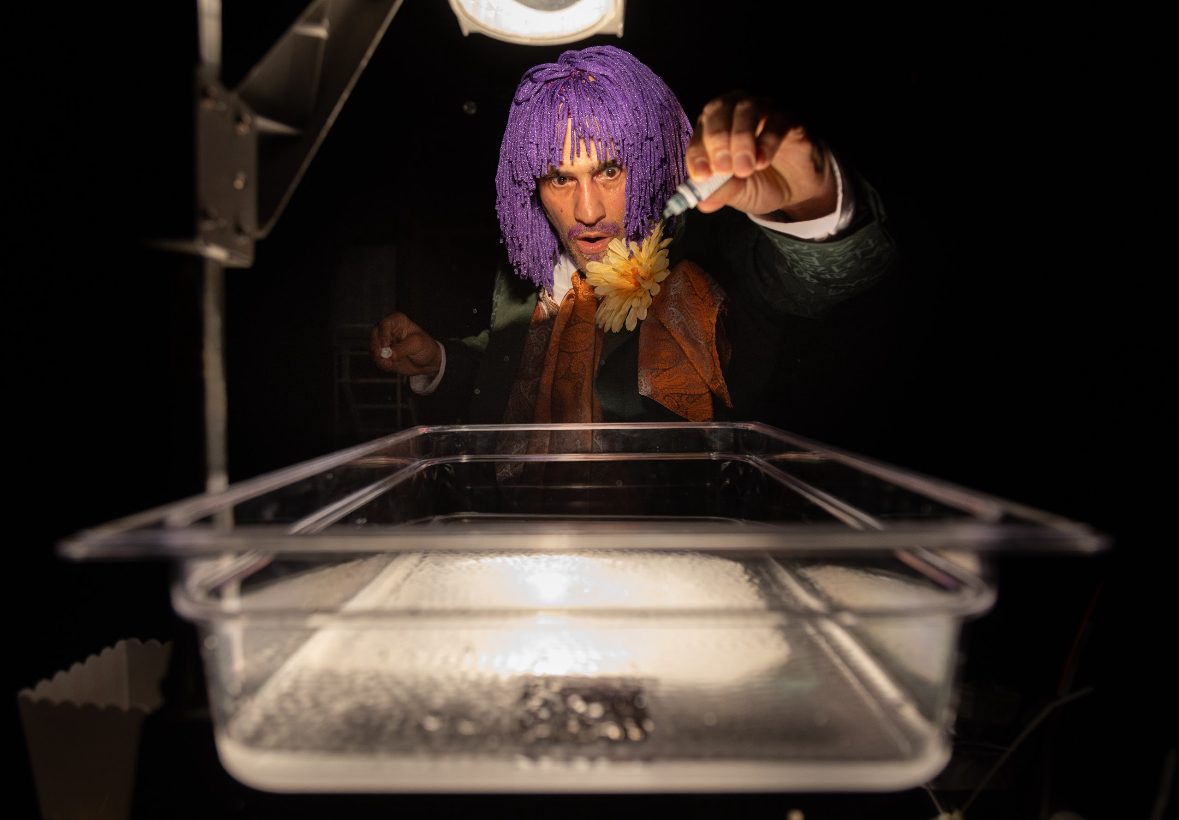

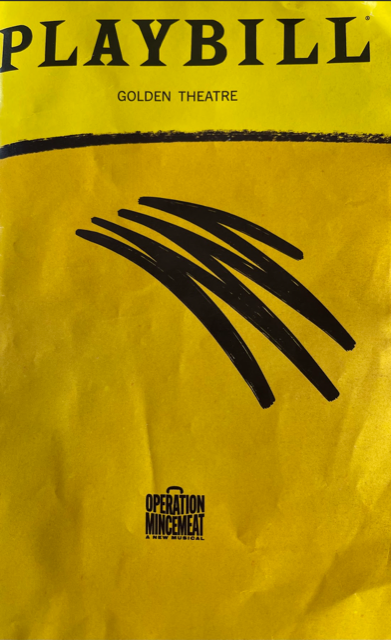
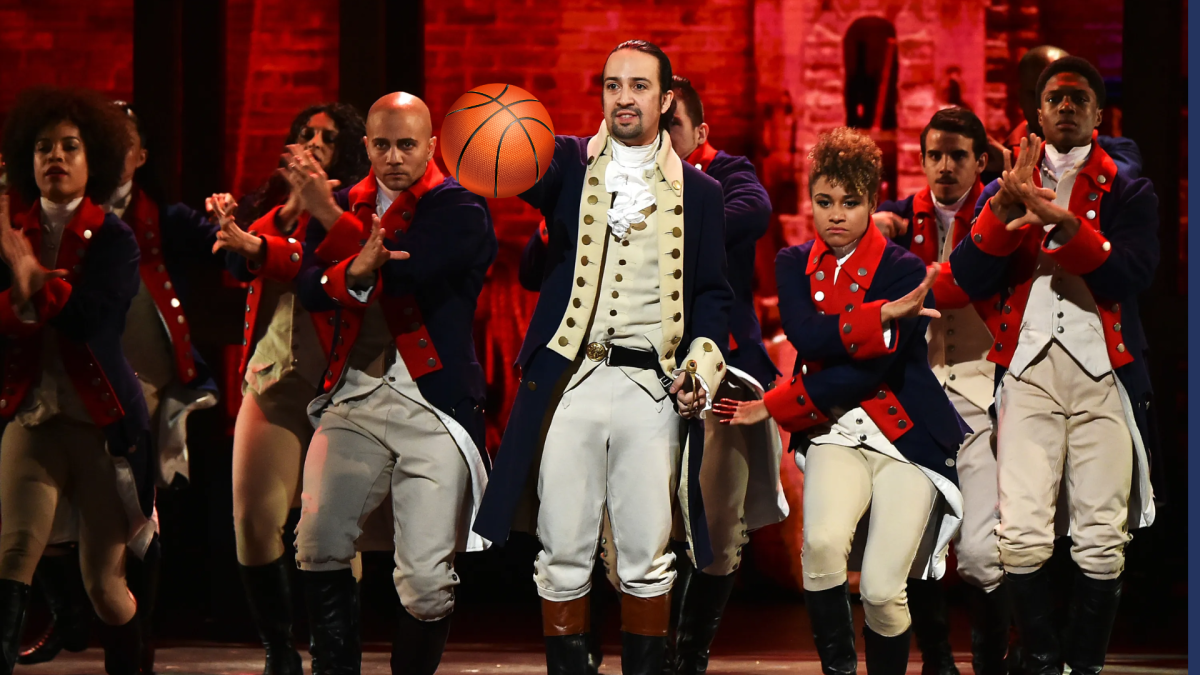







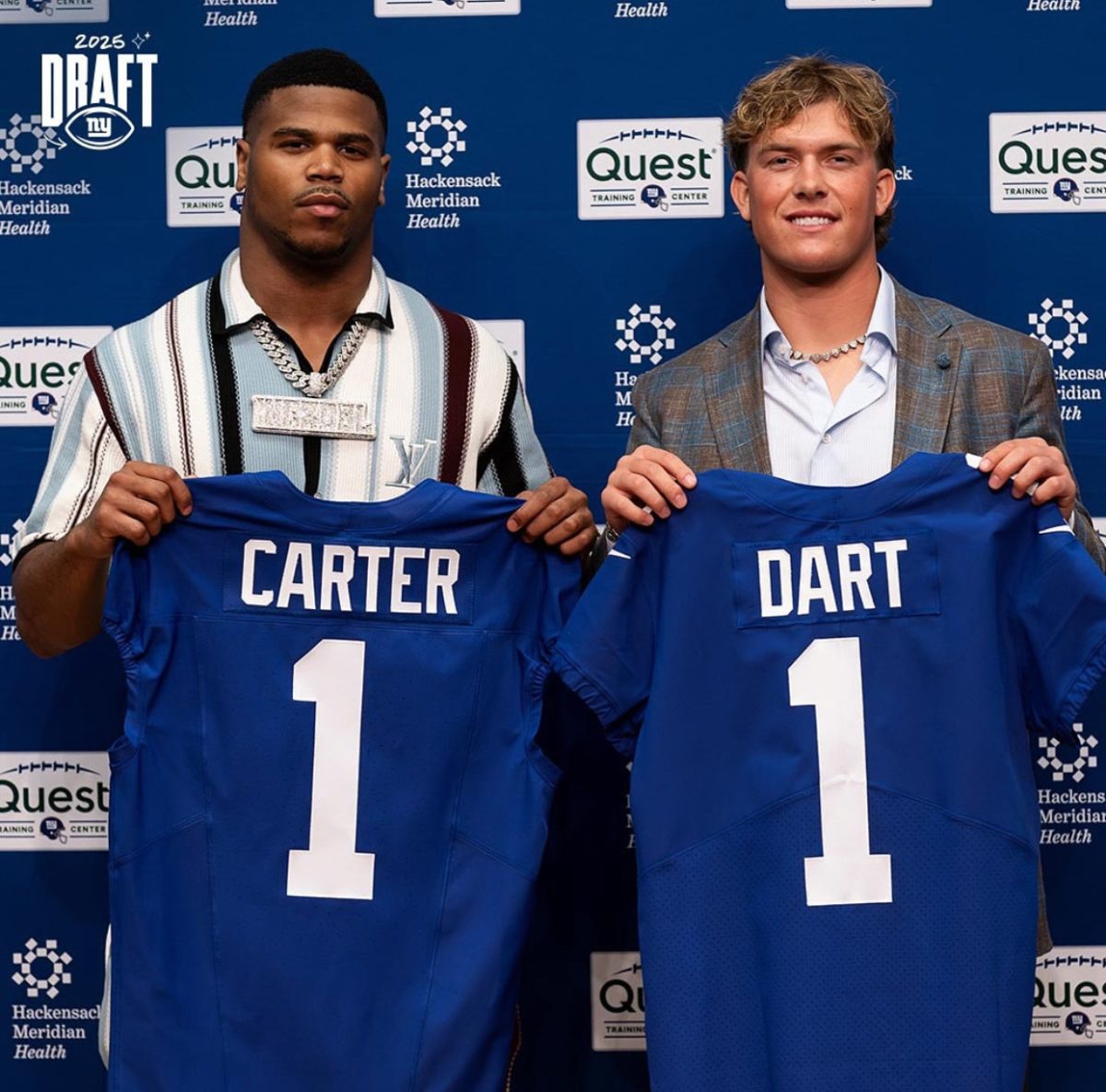
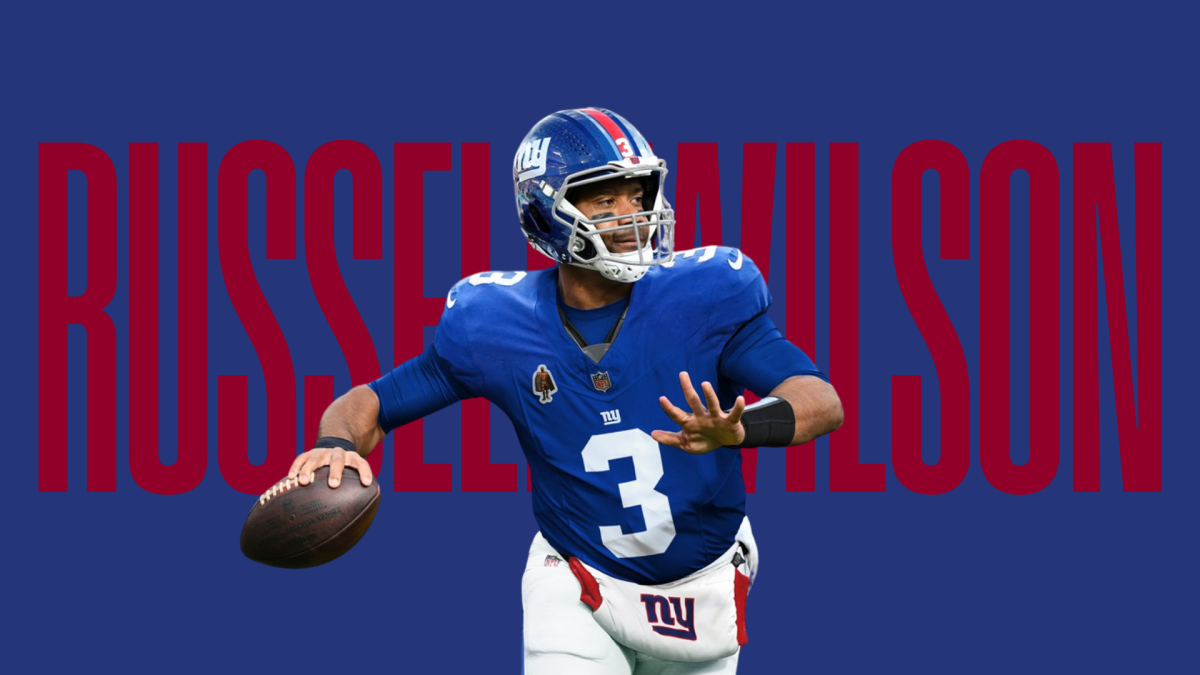
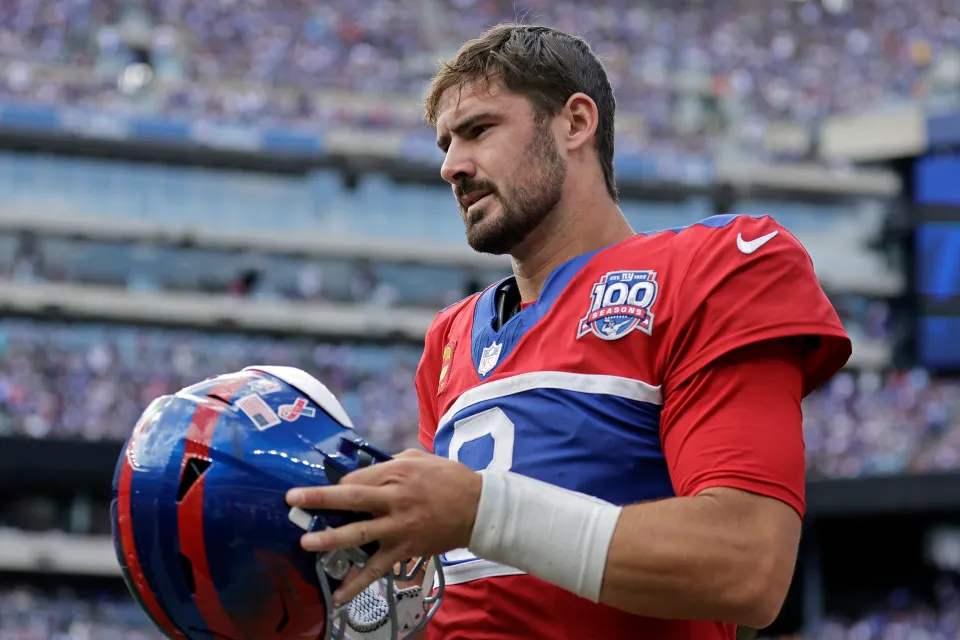

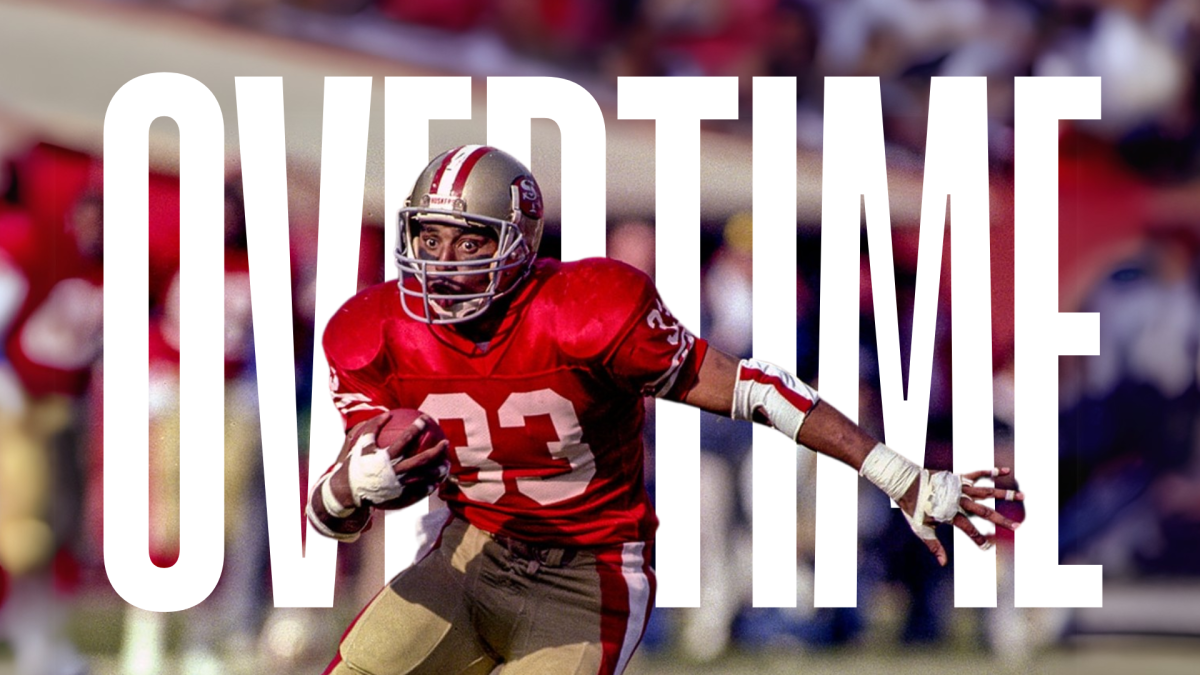




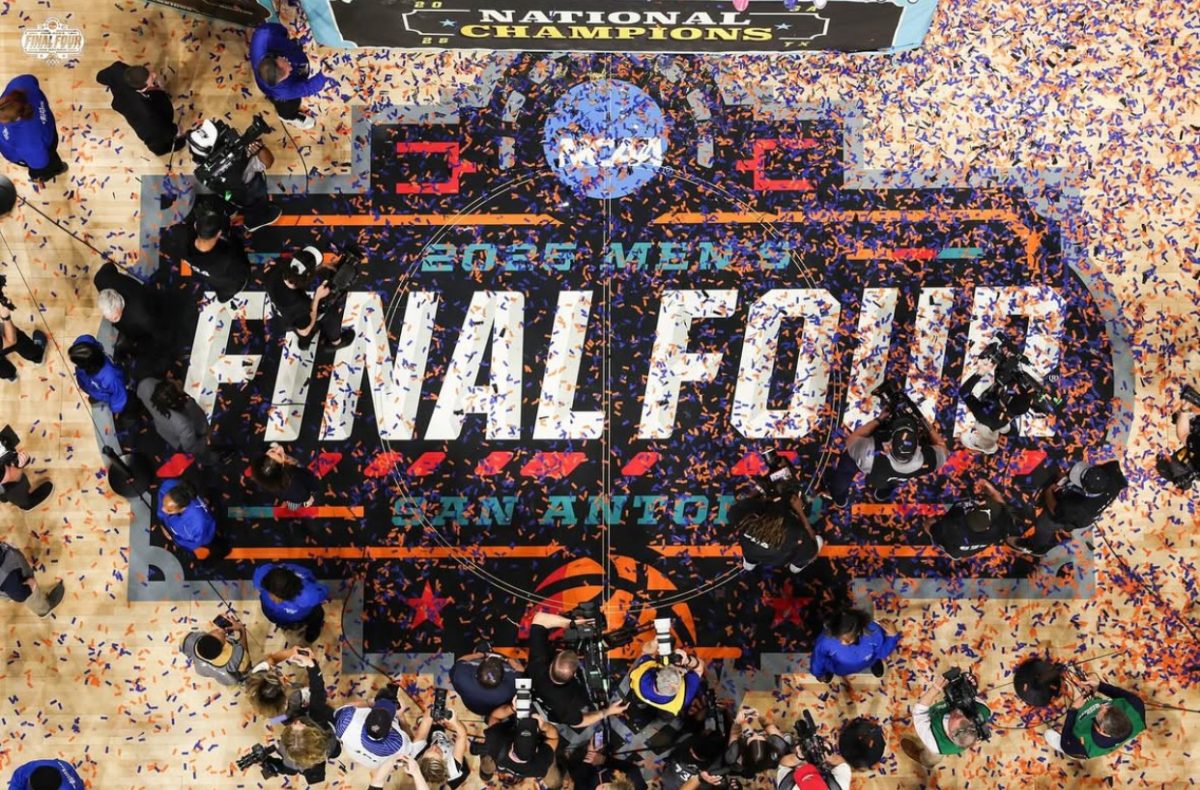










































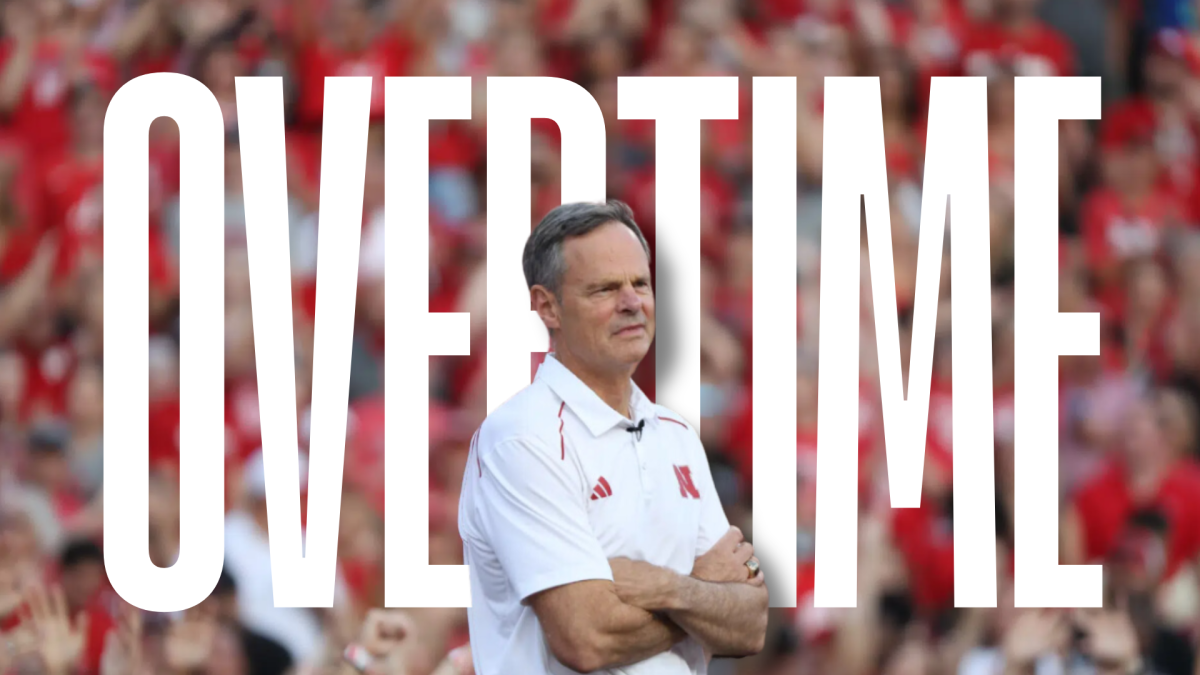





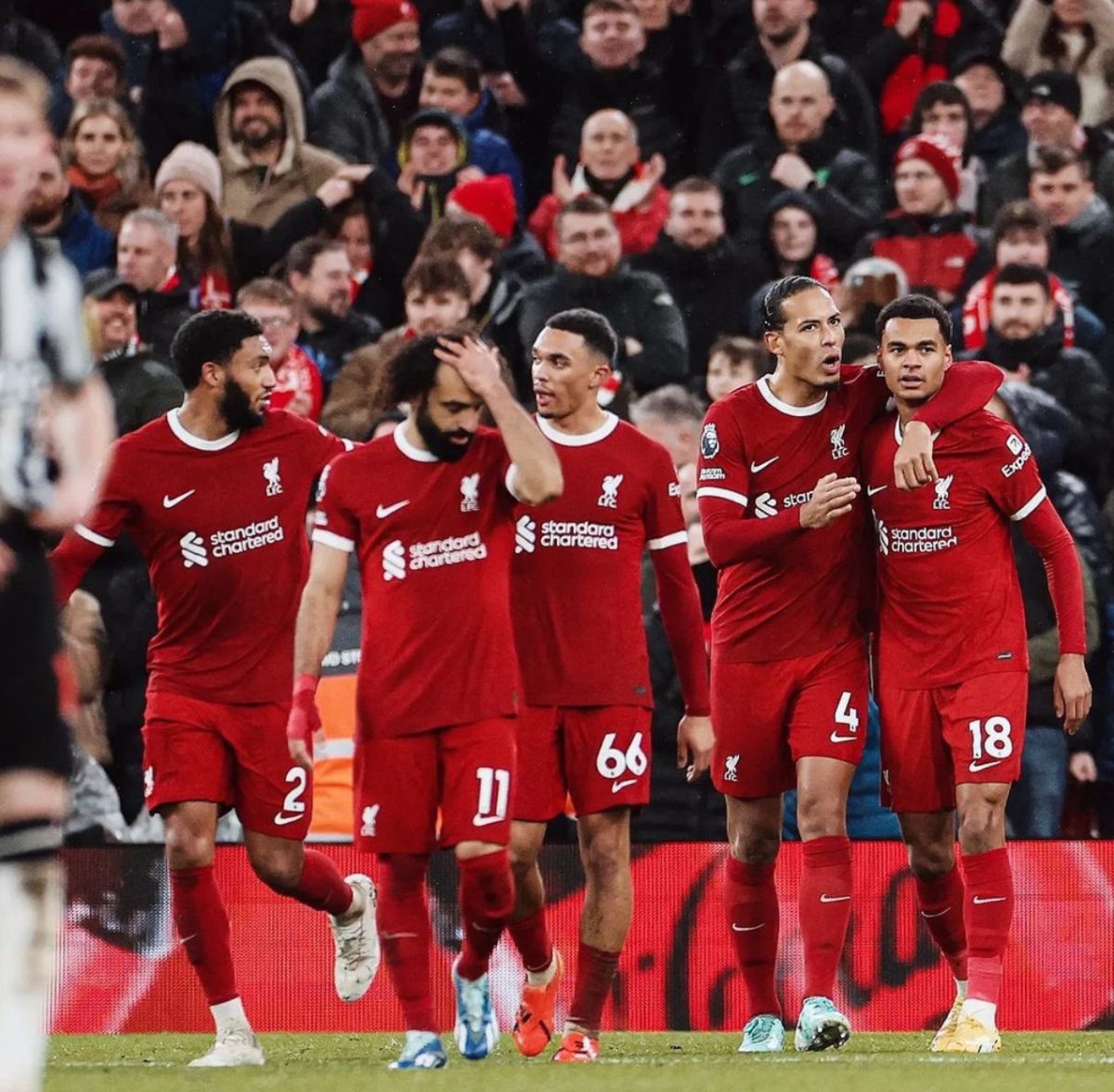






















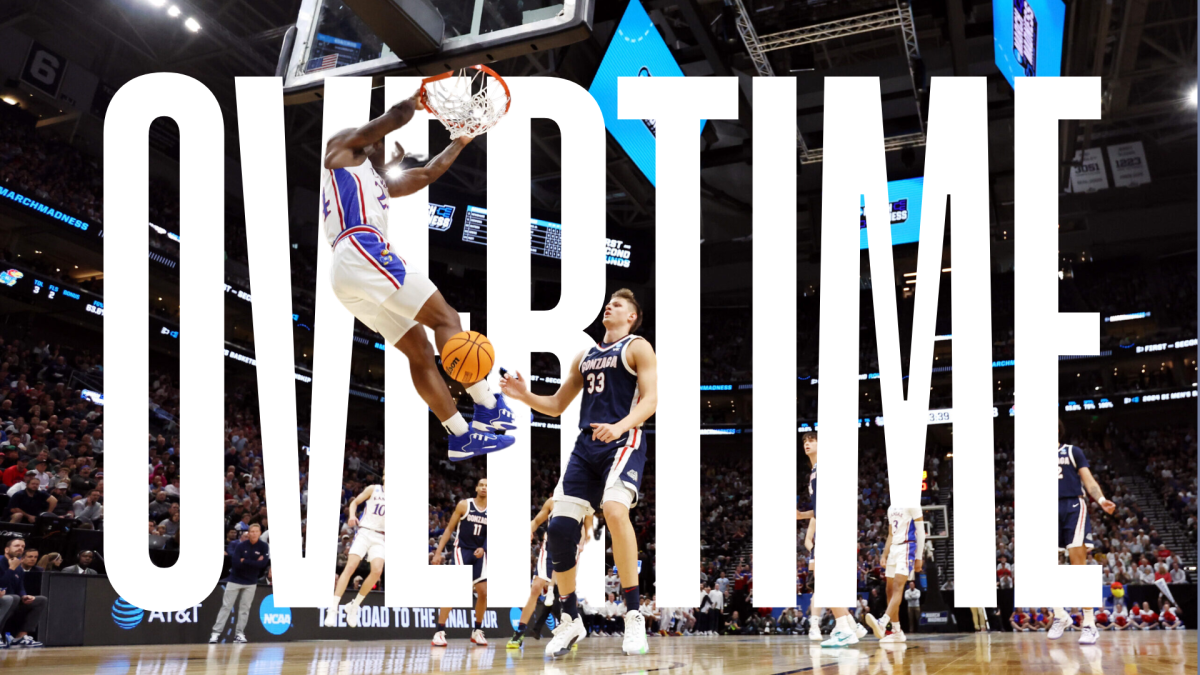
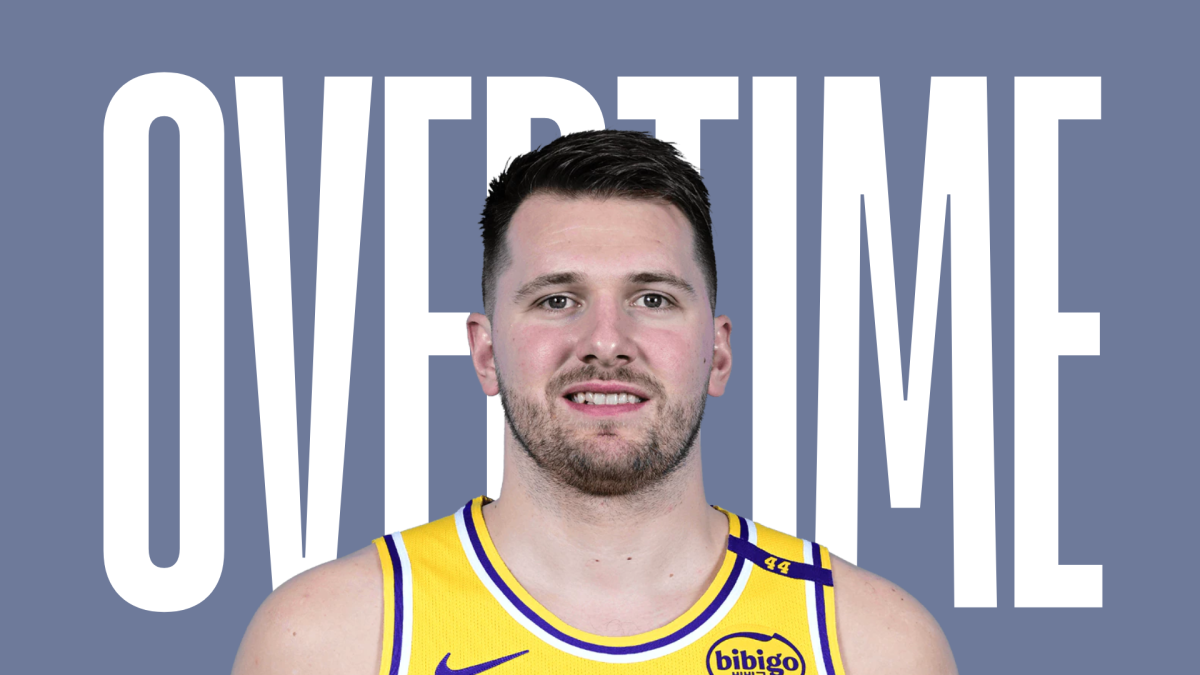
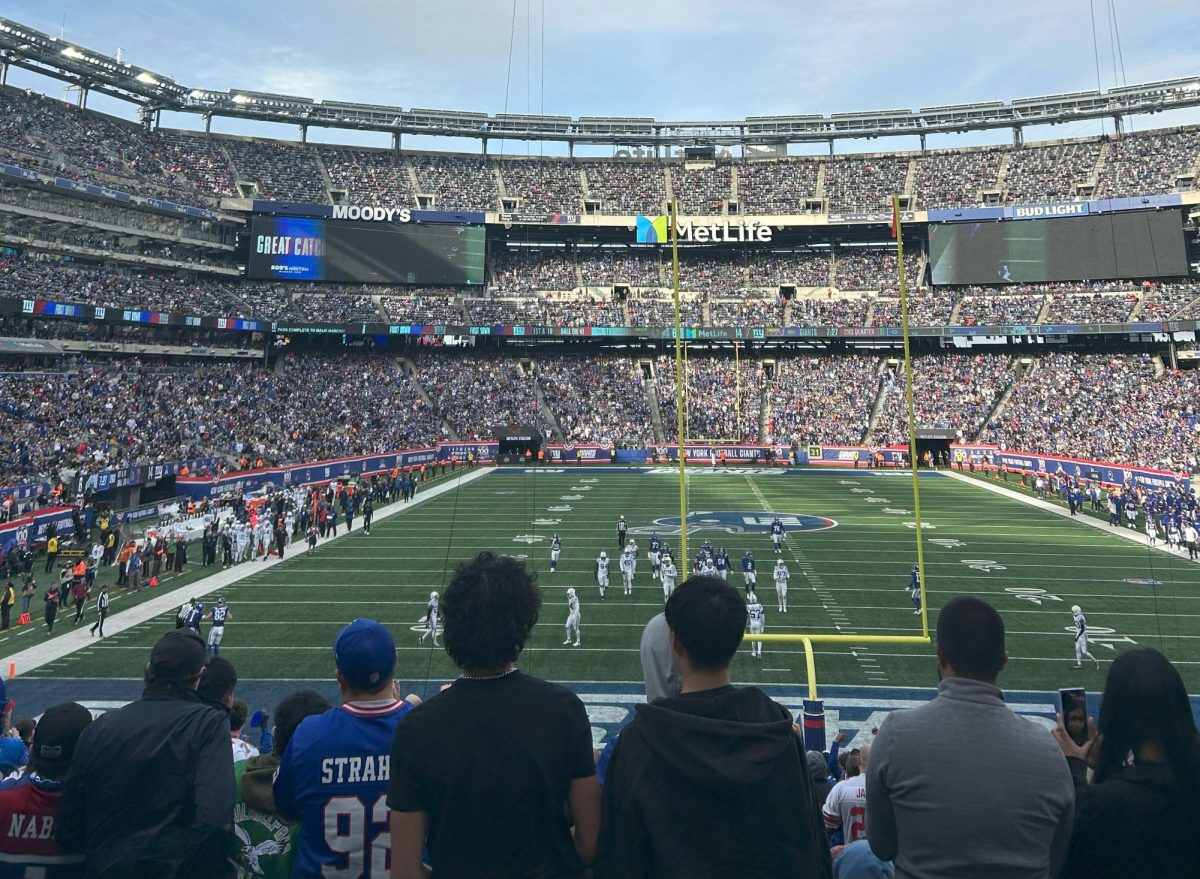



epfacebook.eu • Jan 13, 2016 at 1:05 am
Wow! At last I got a blog from where I know how to really obtain useful information concerning my sthdy and knowledge.